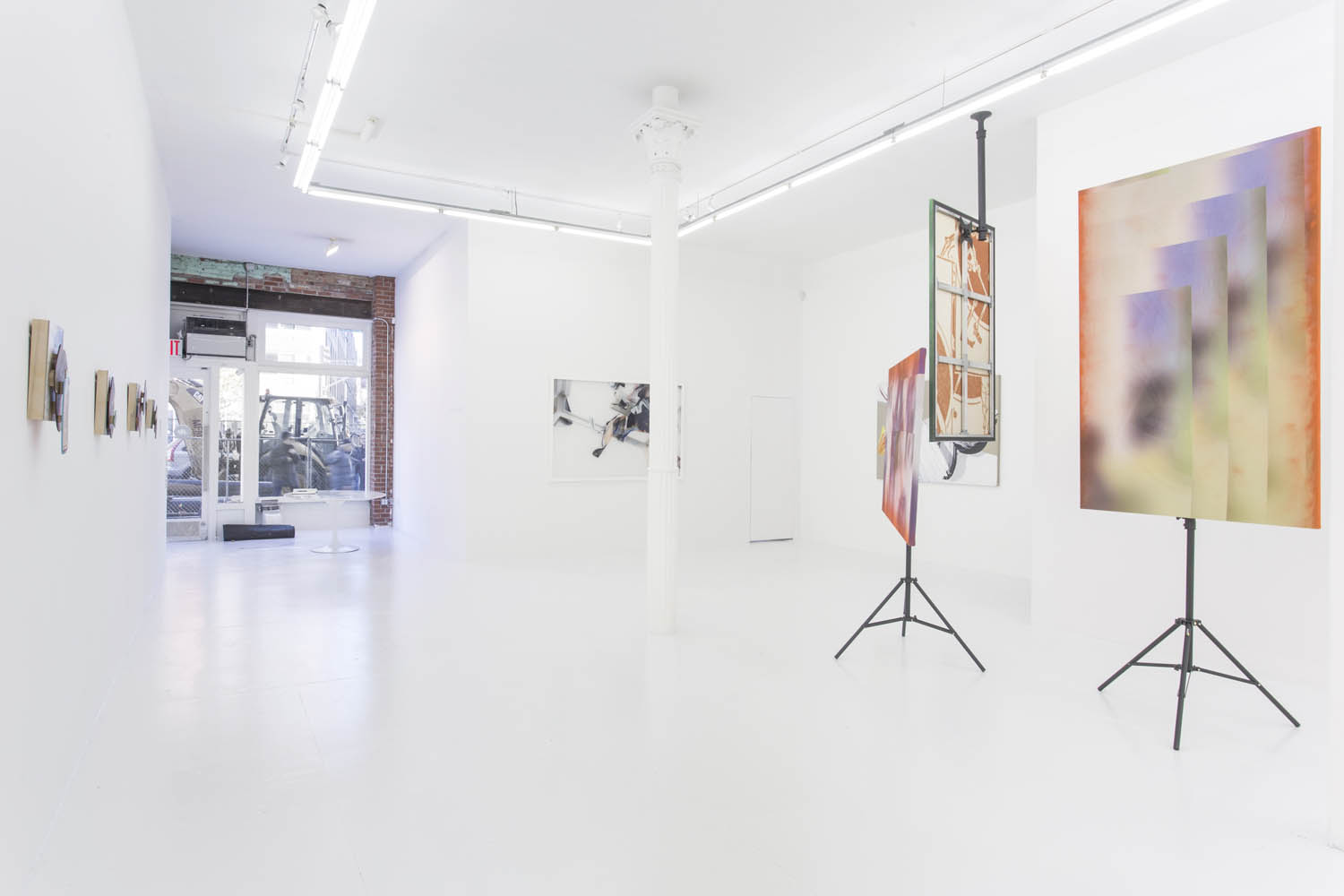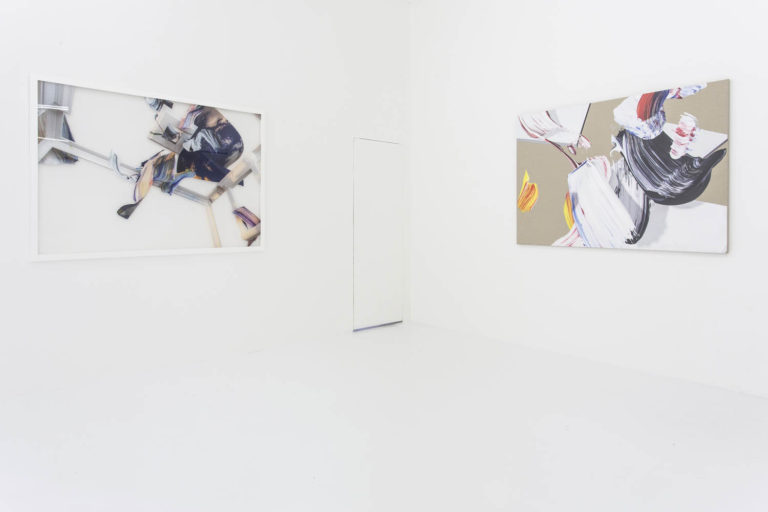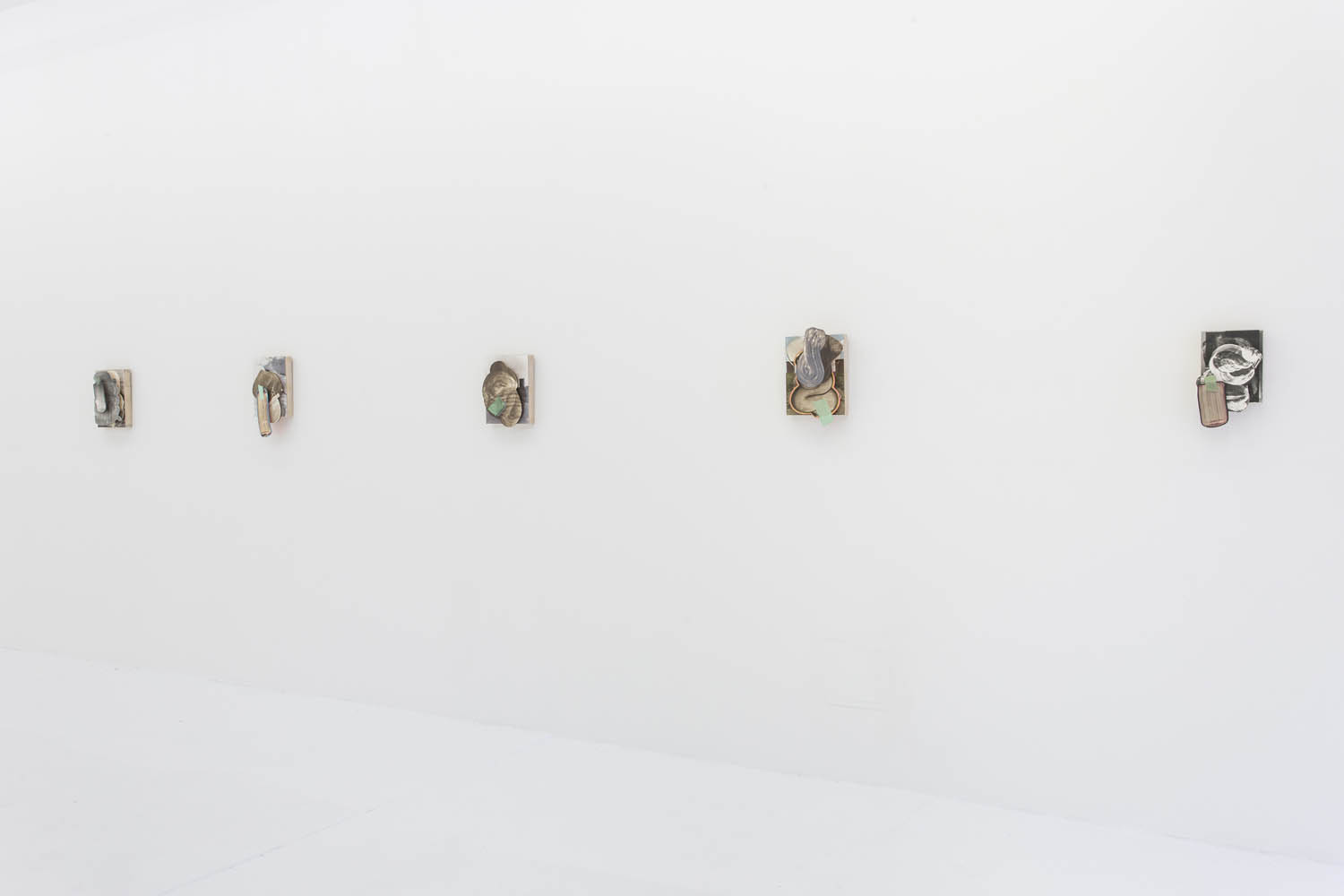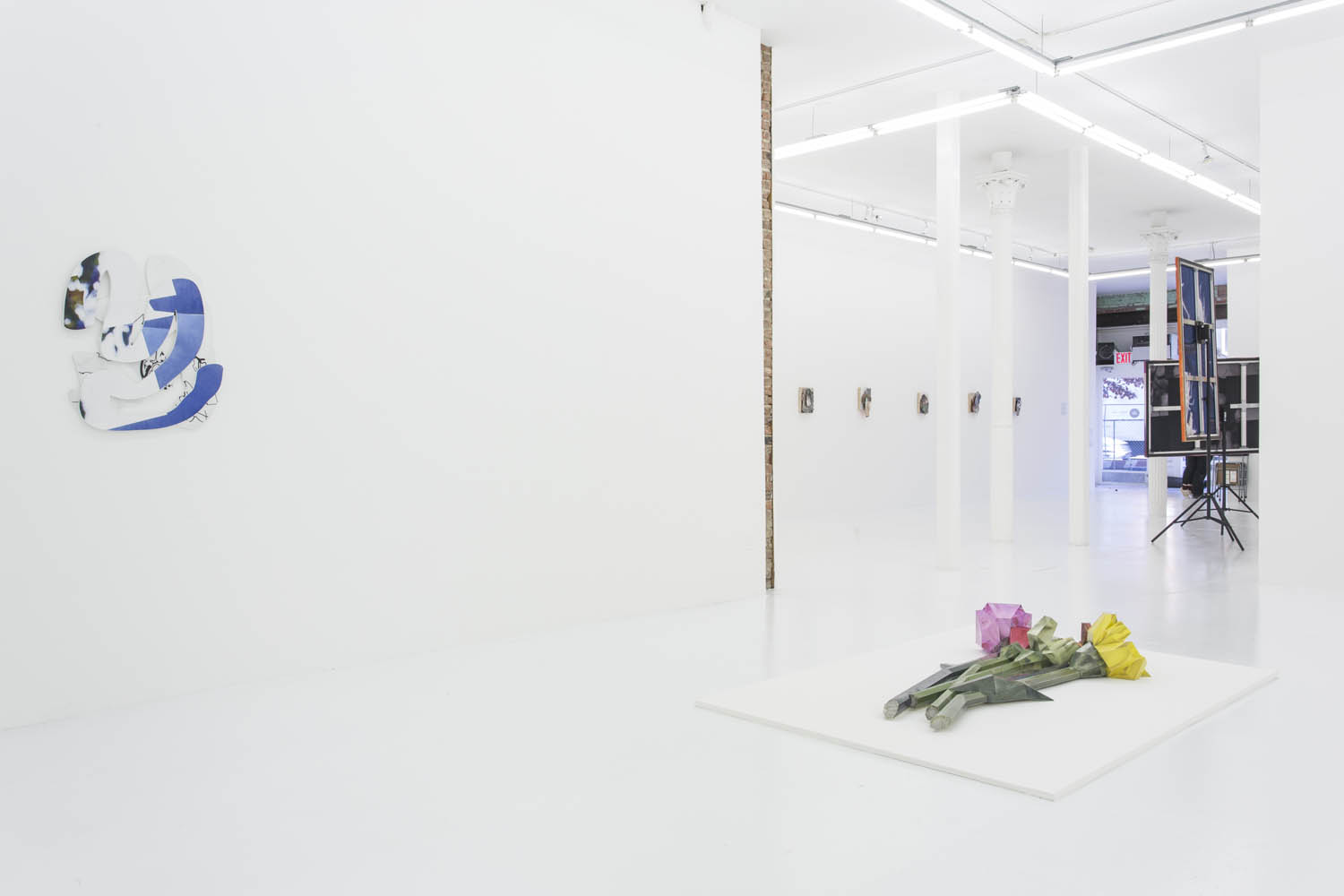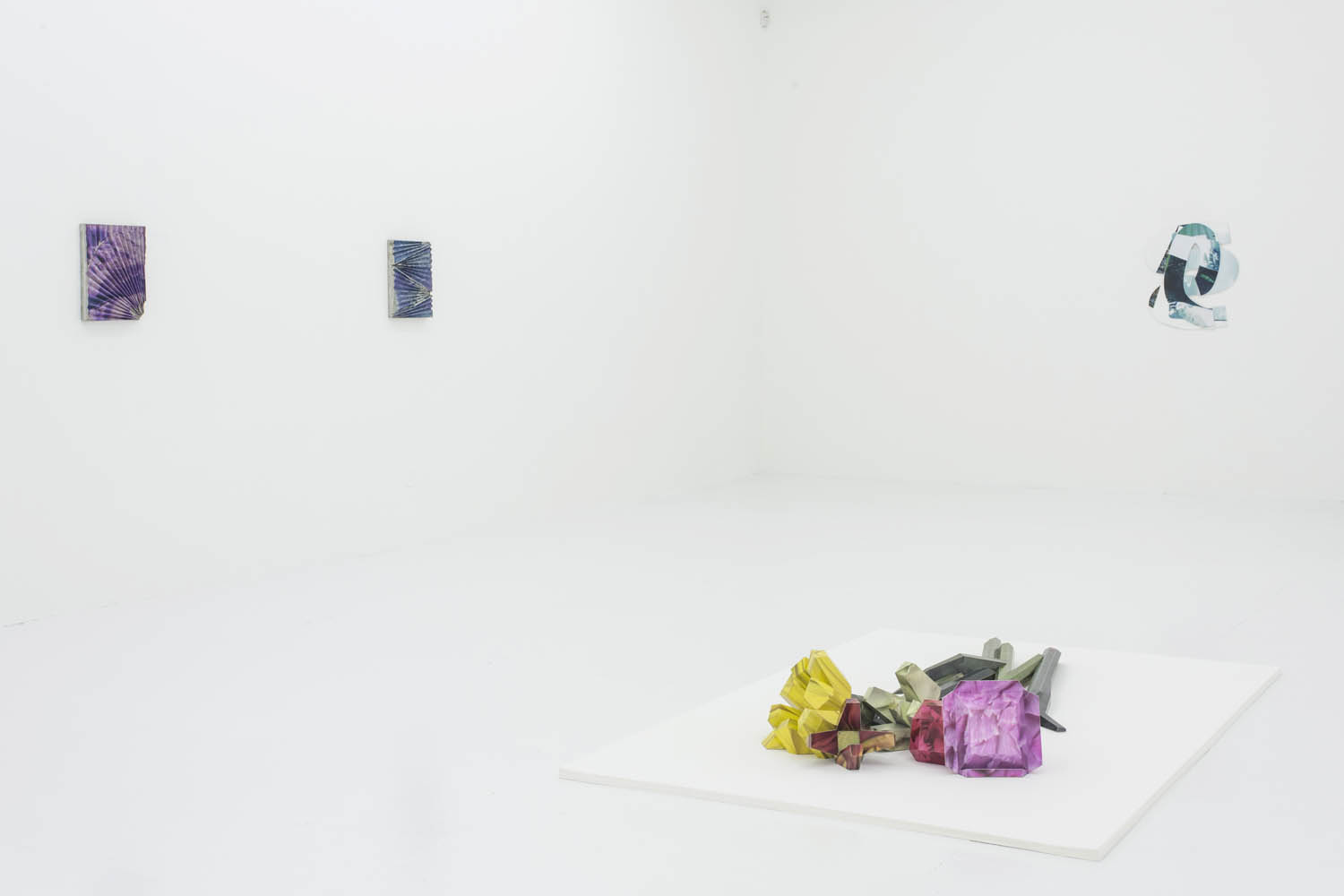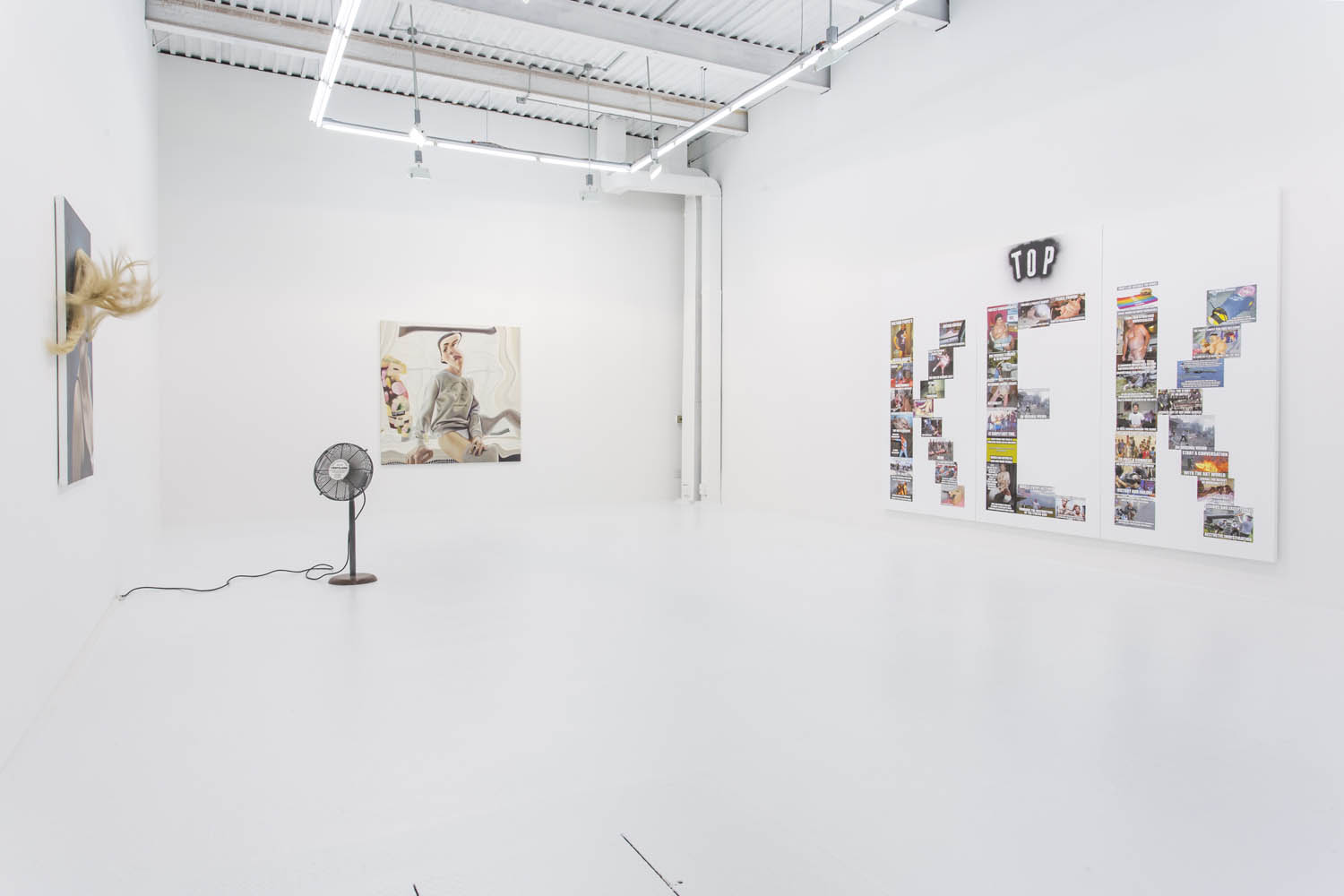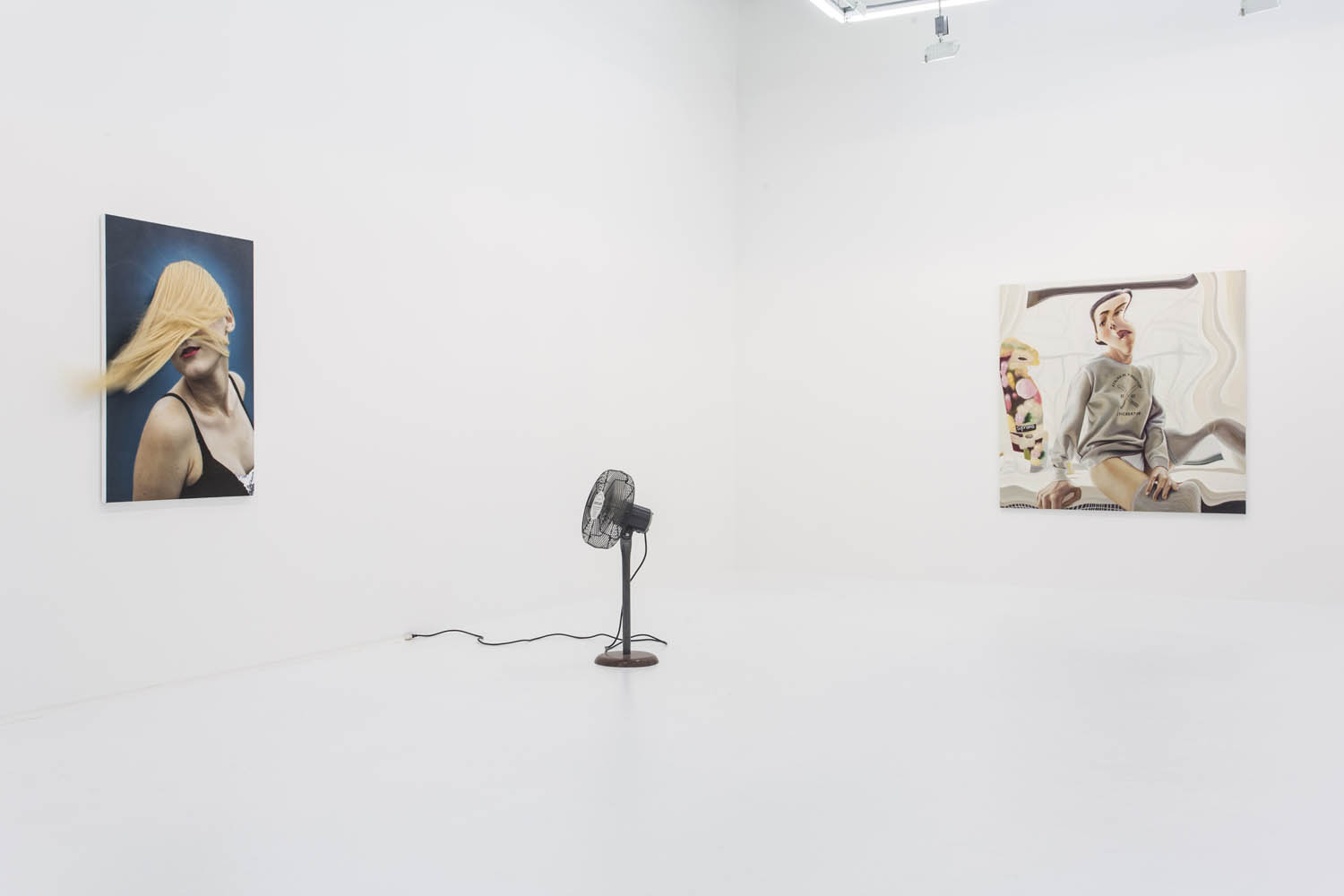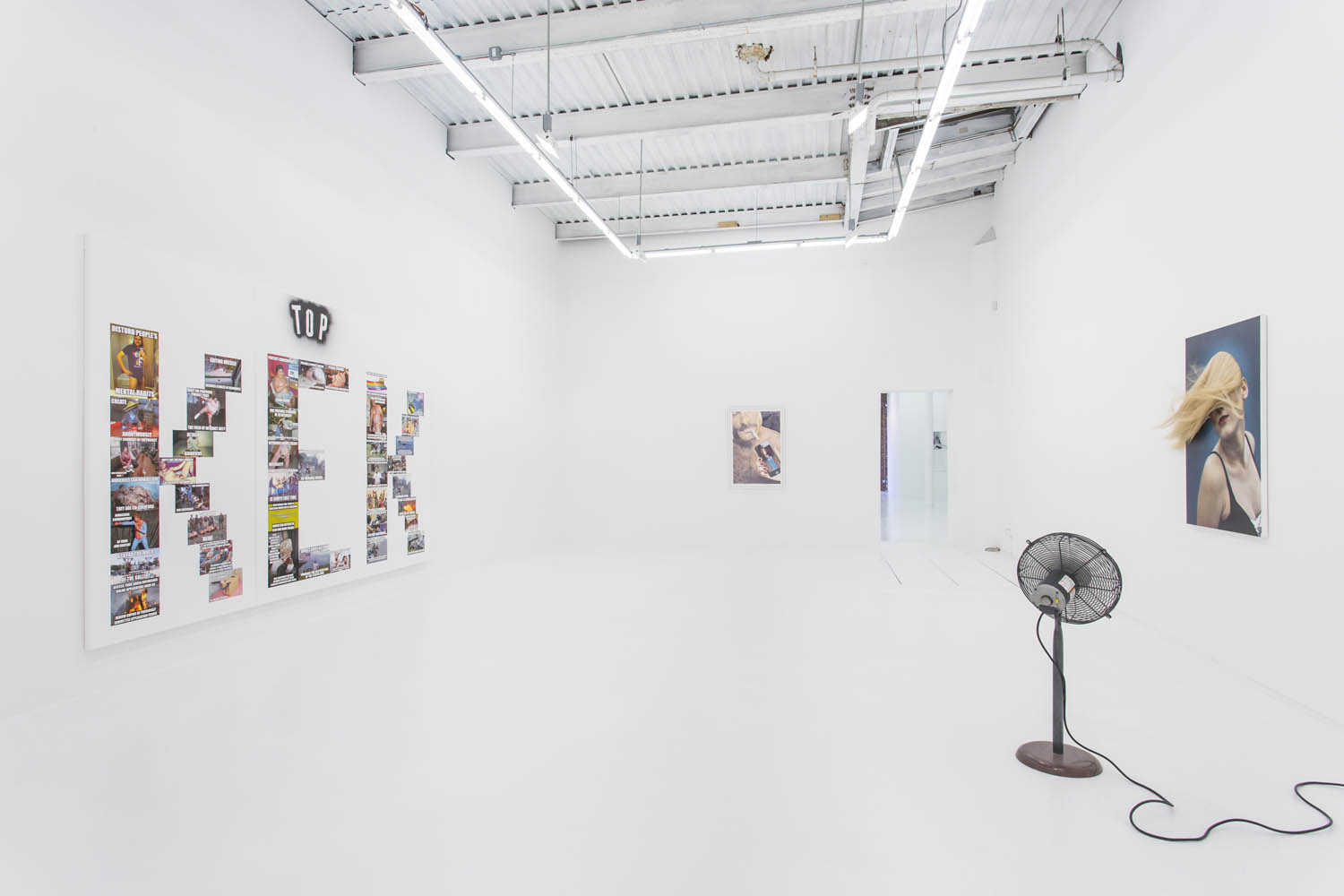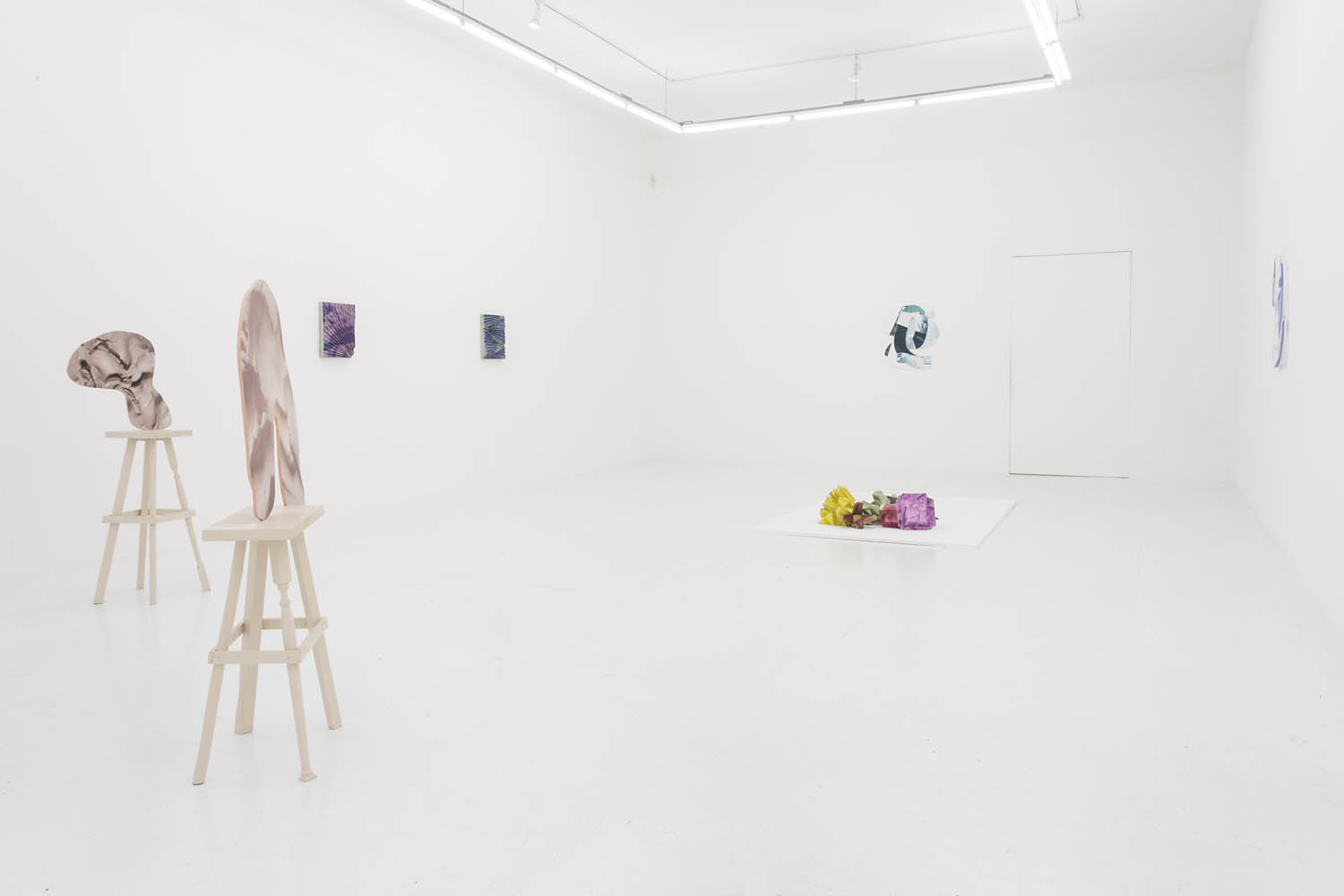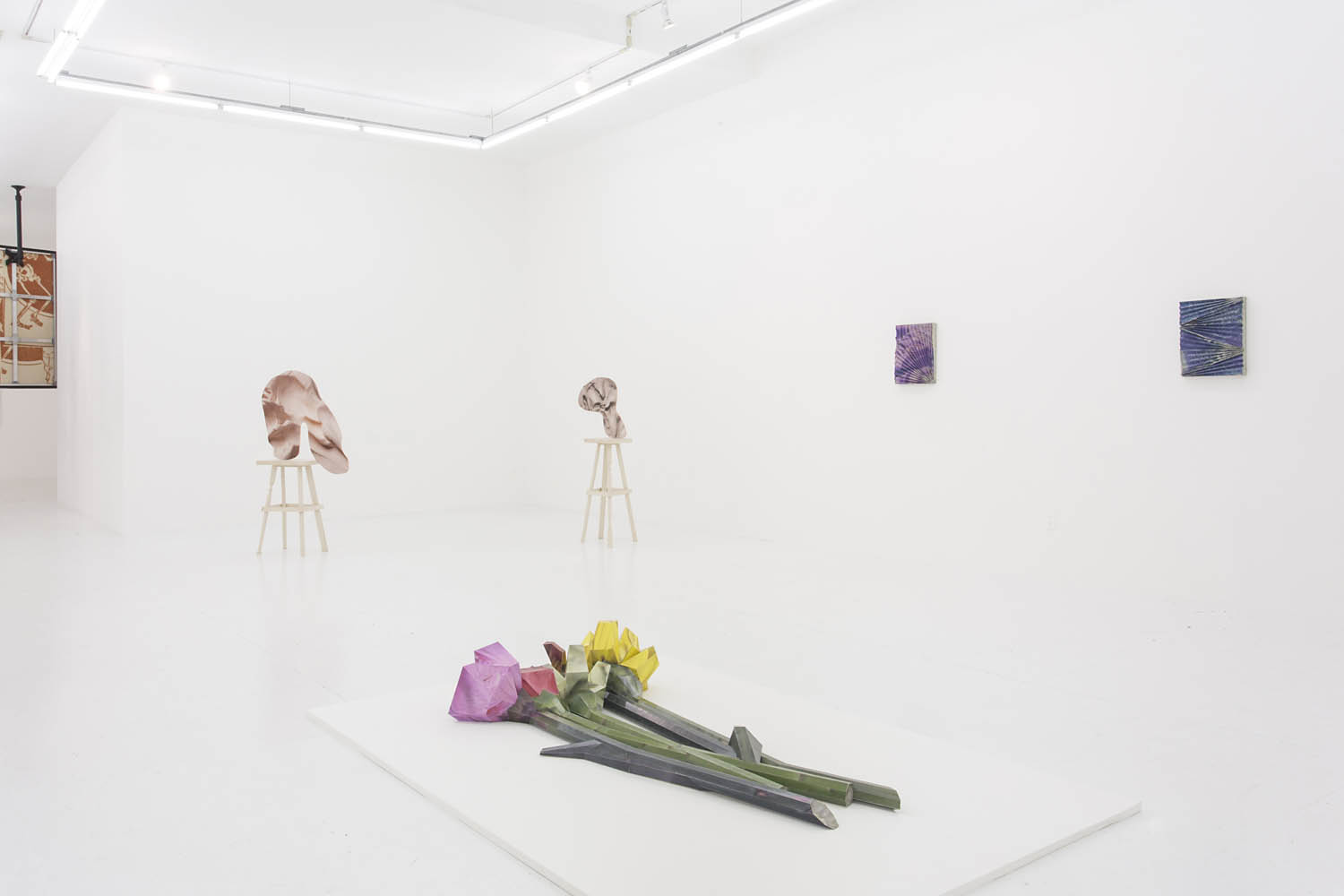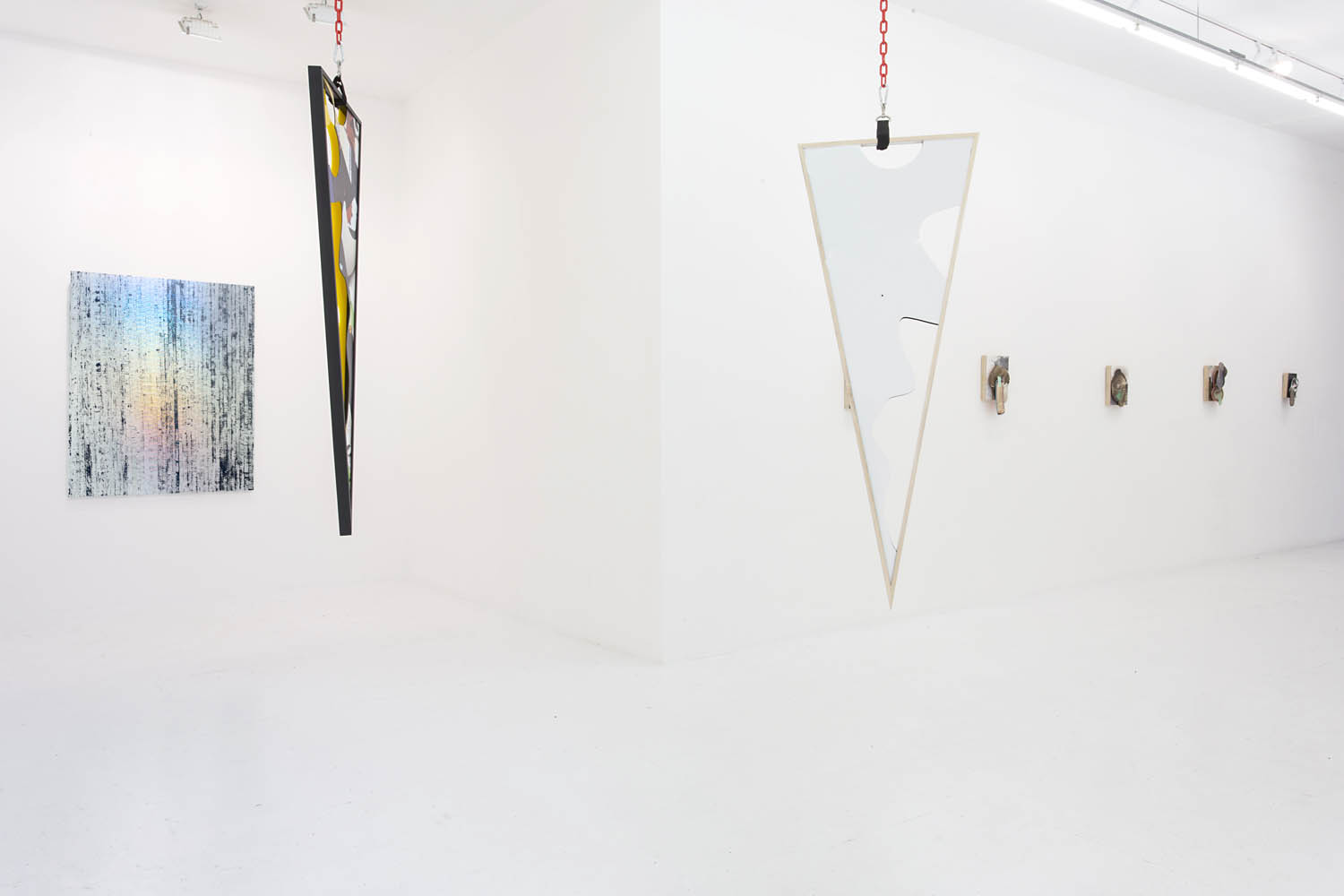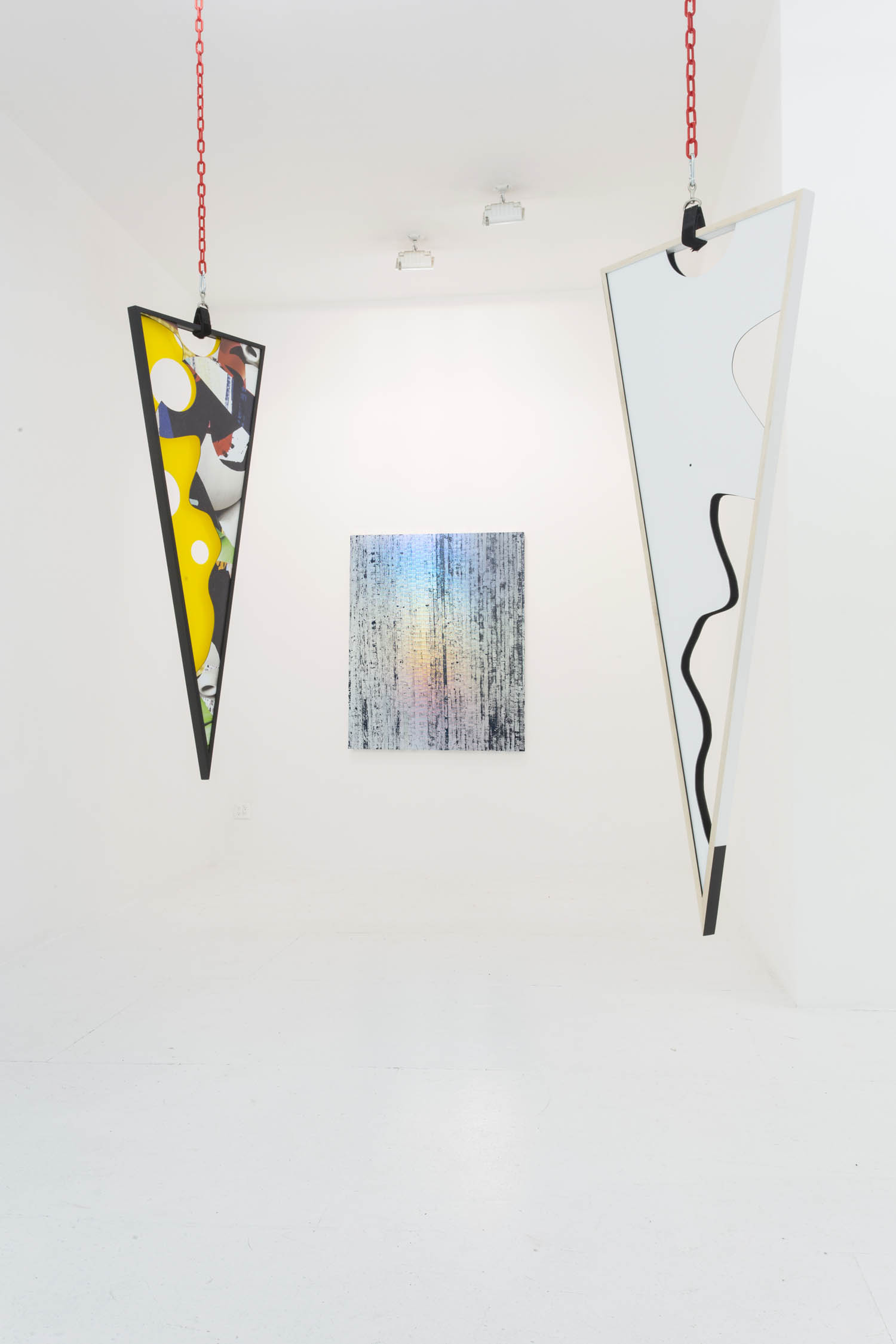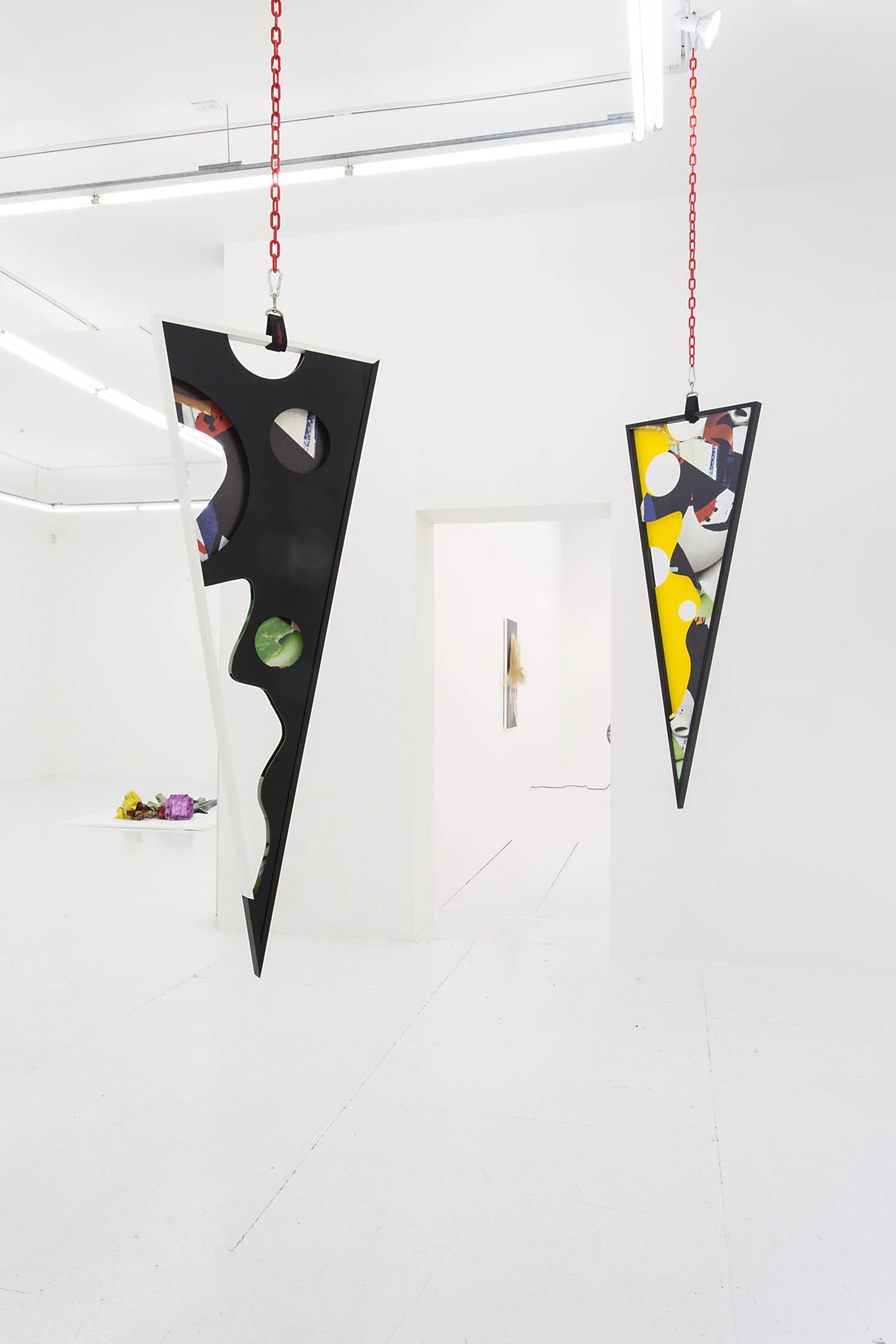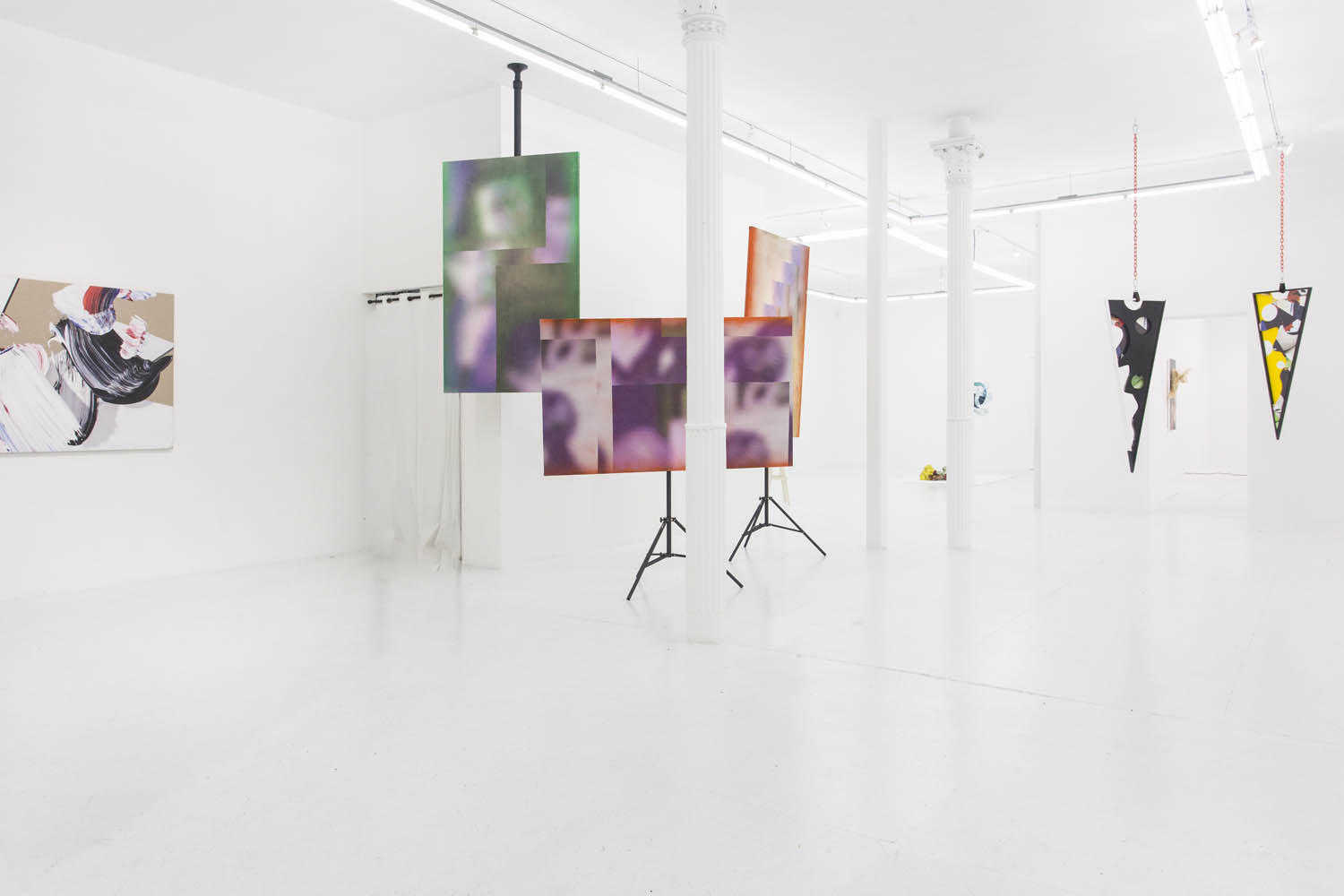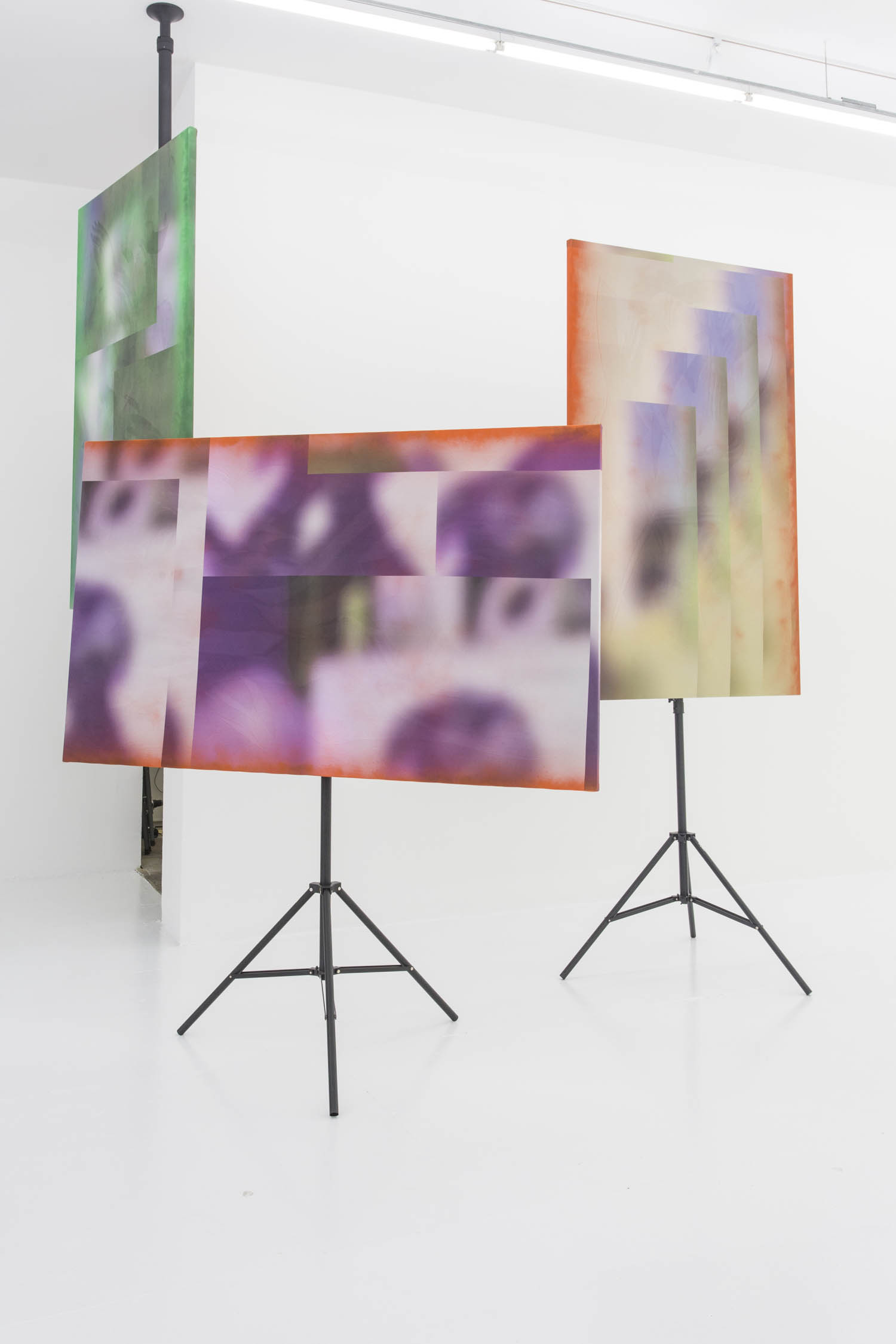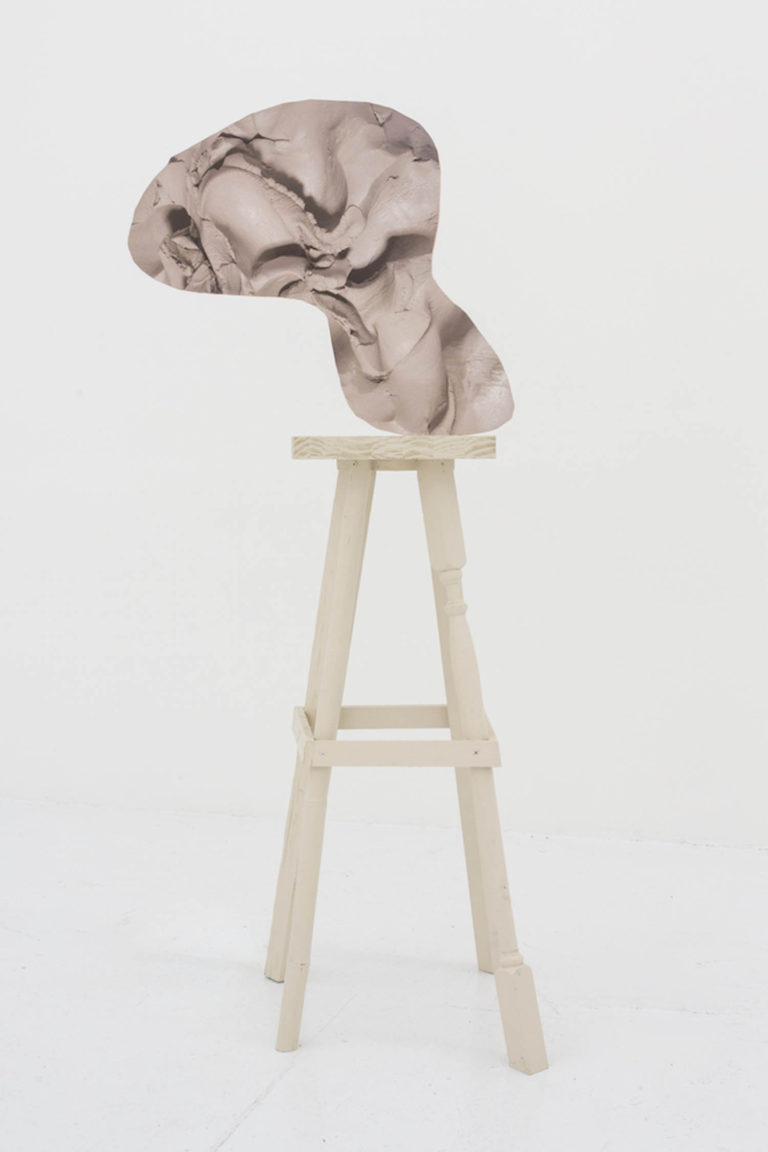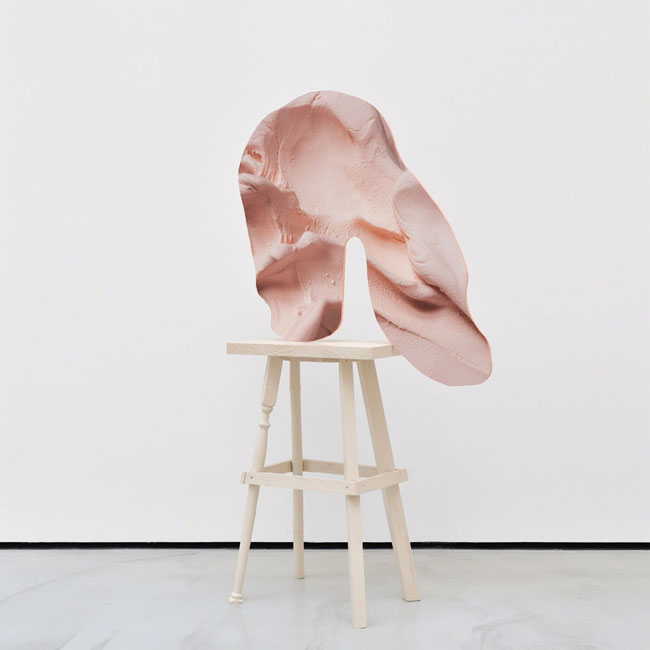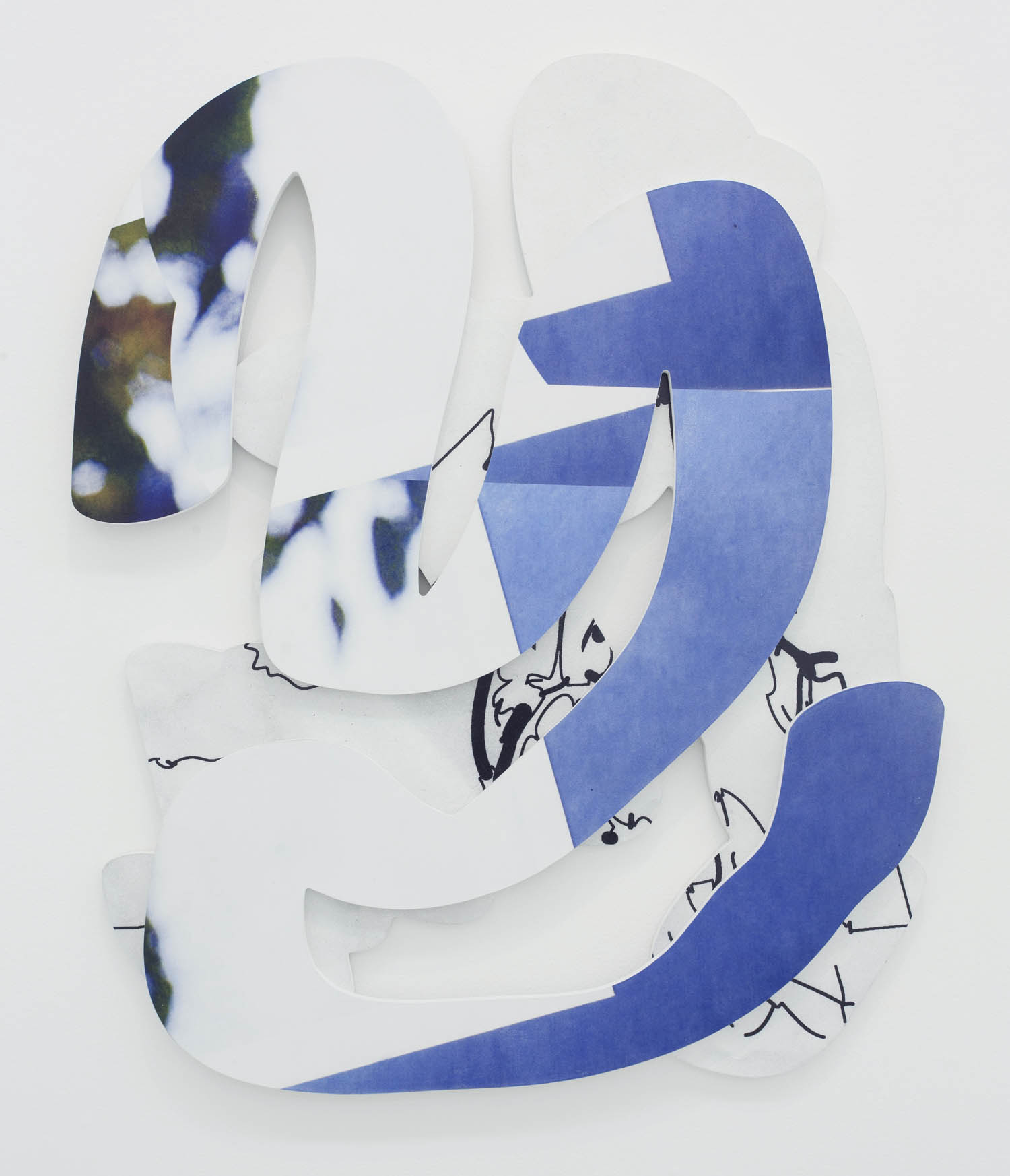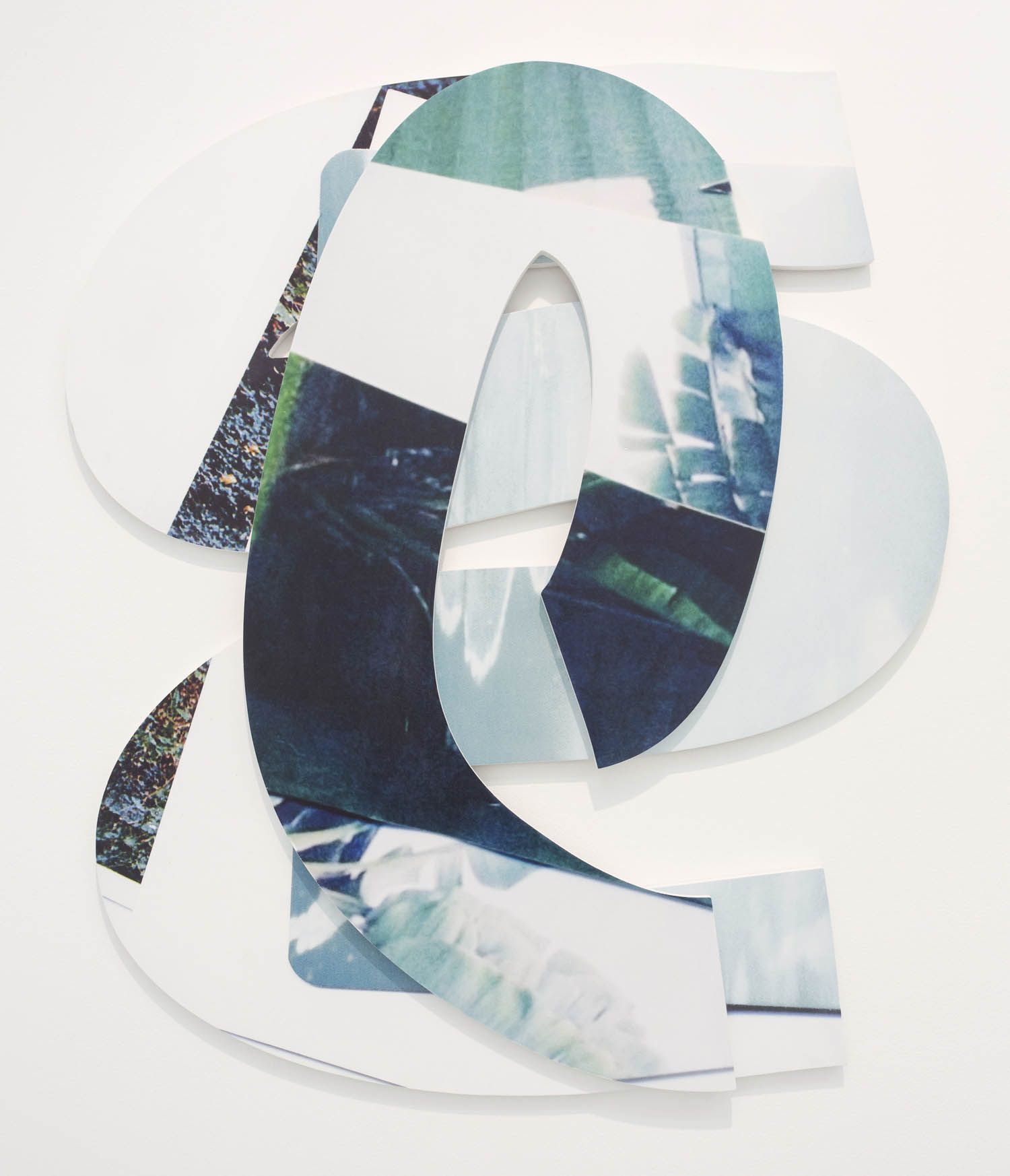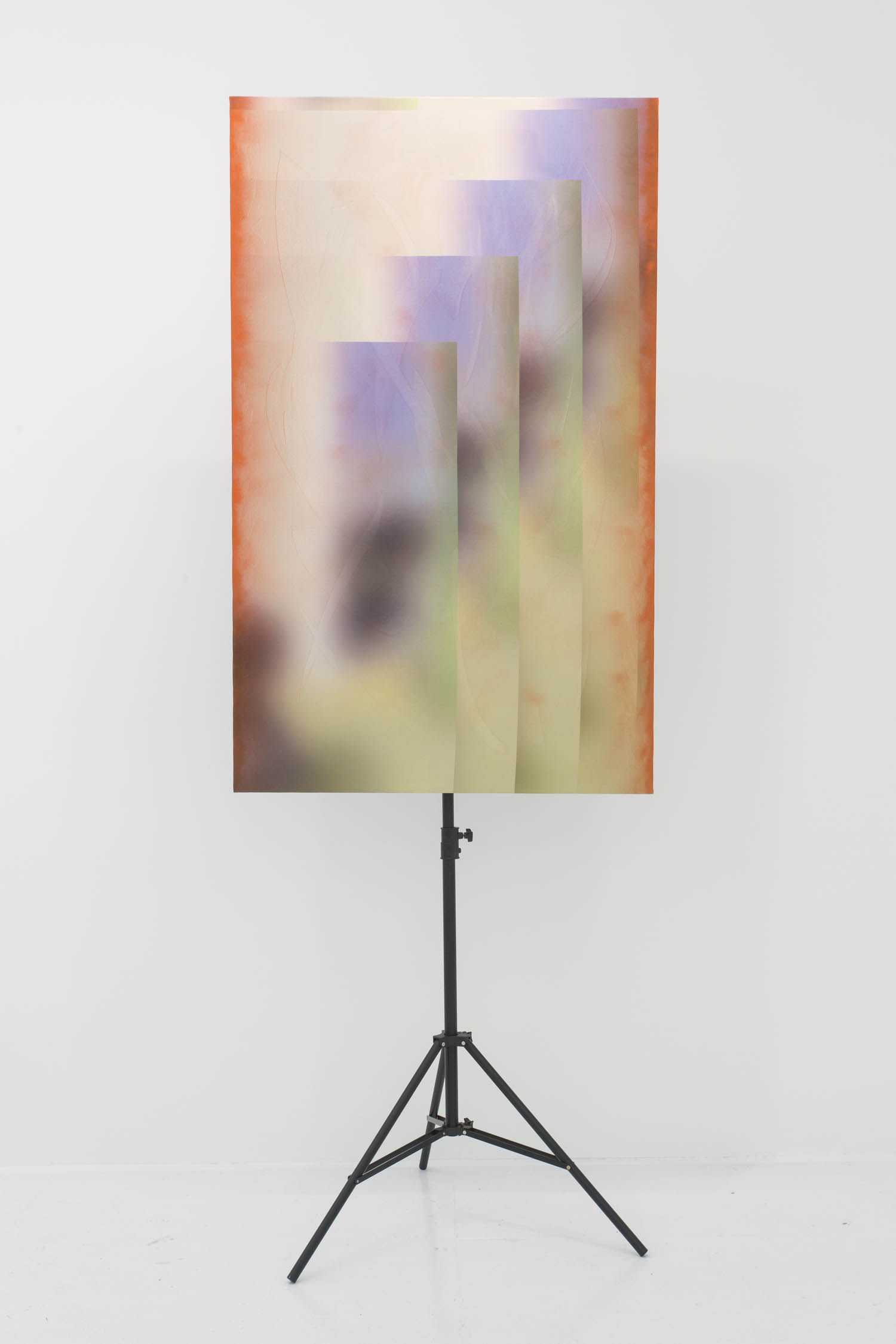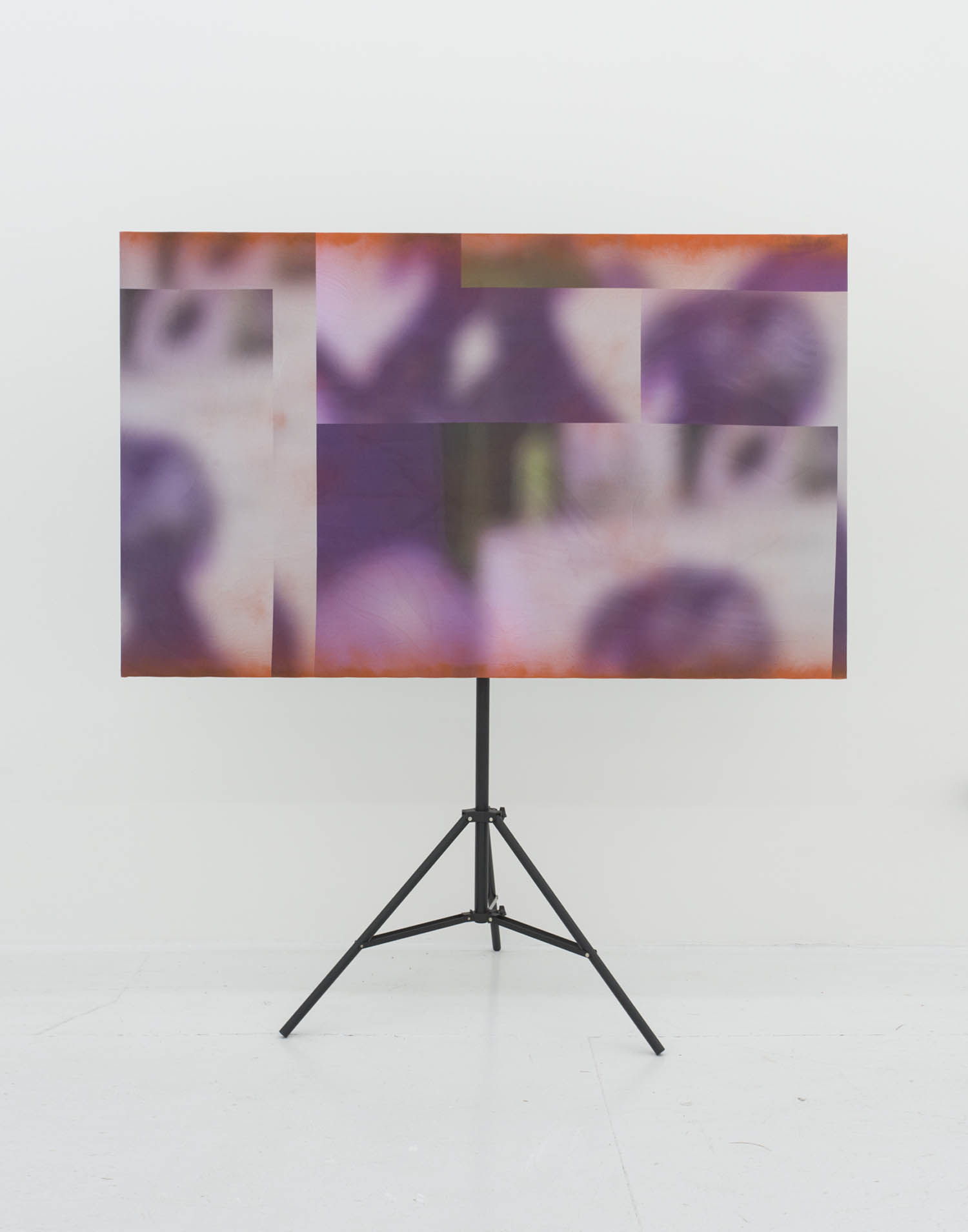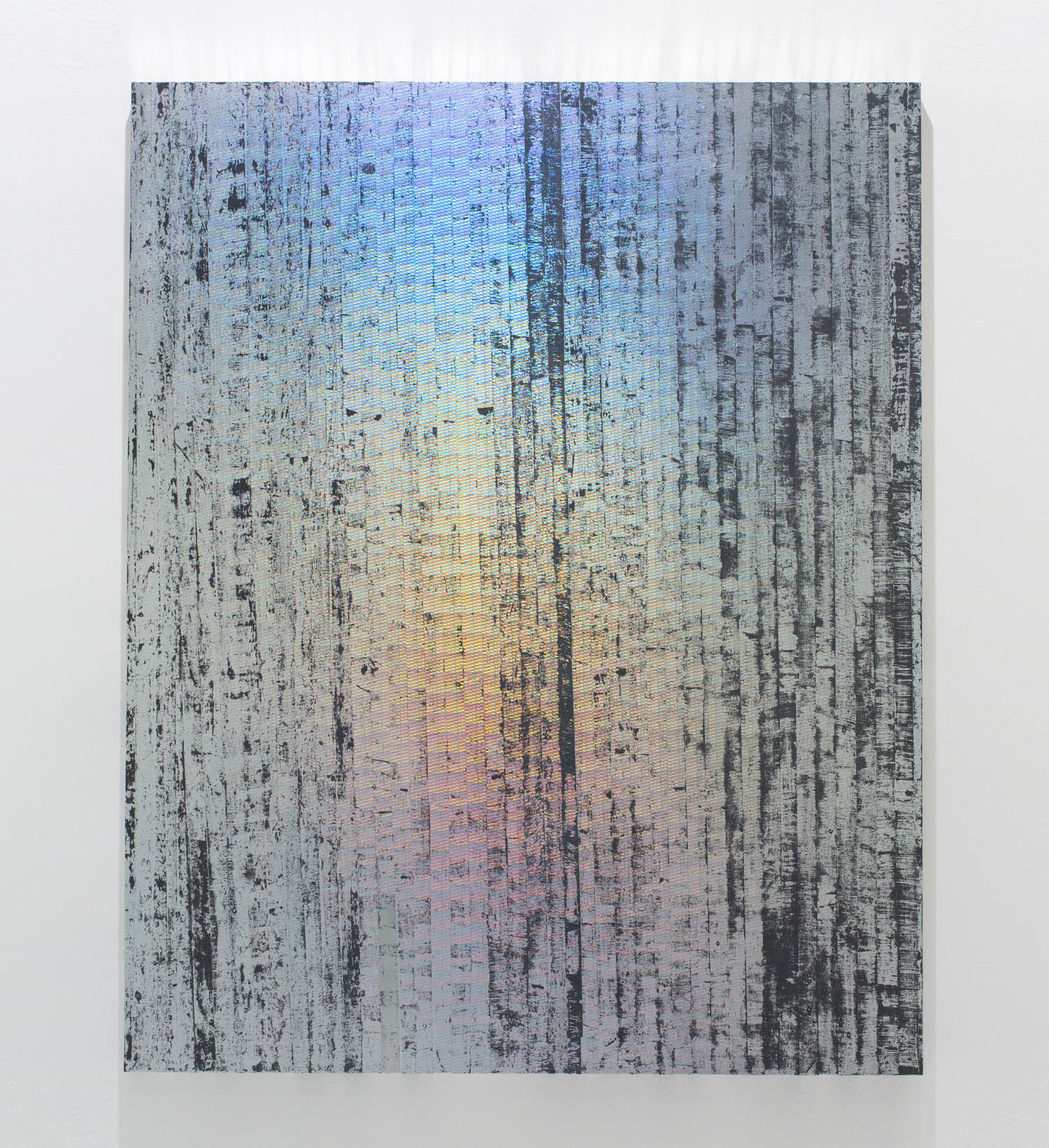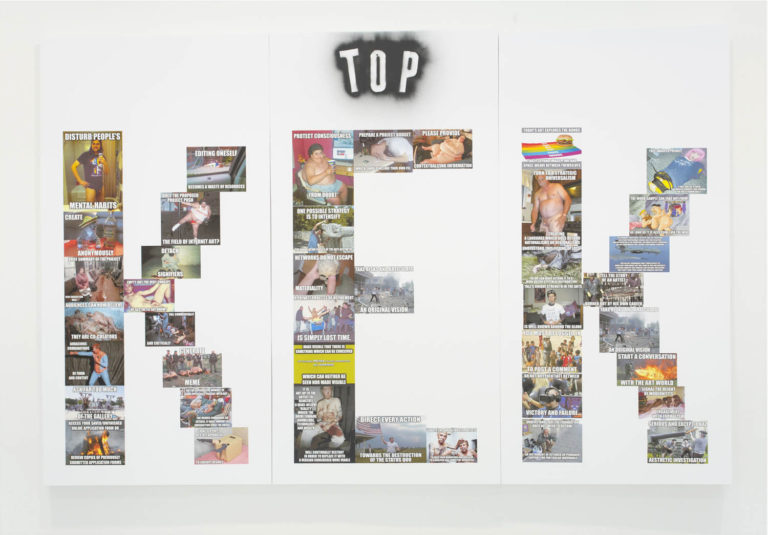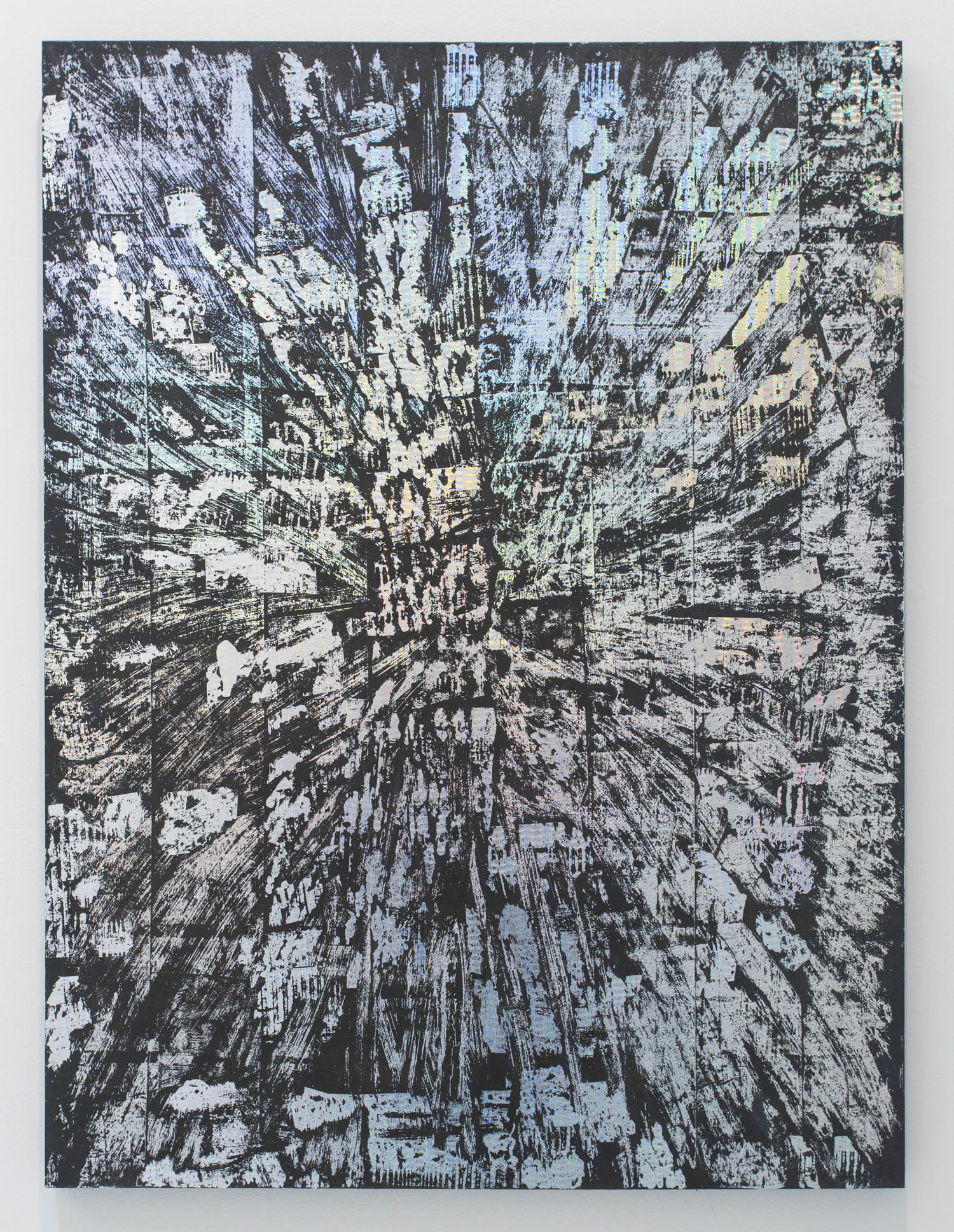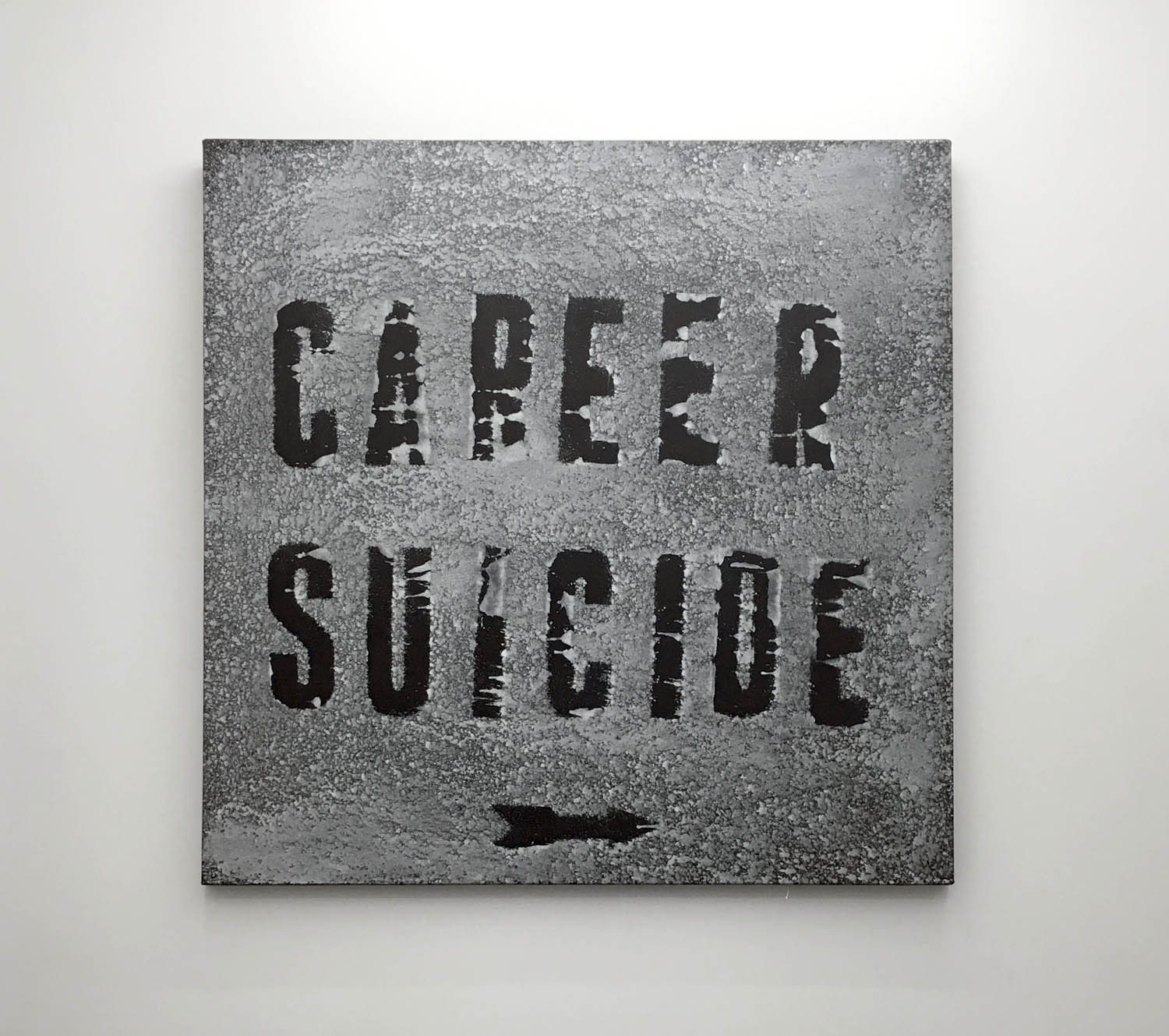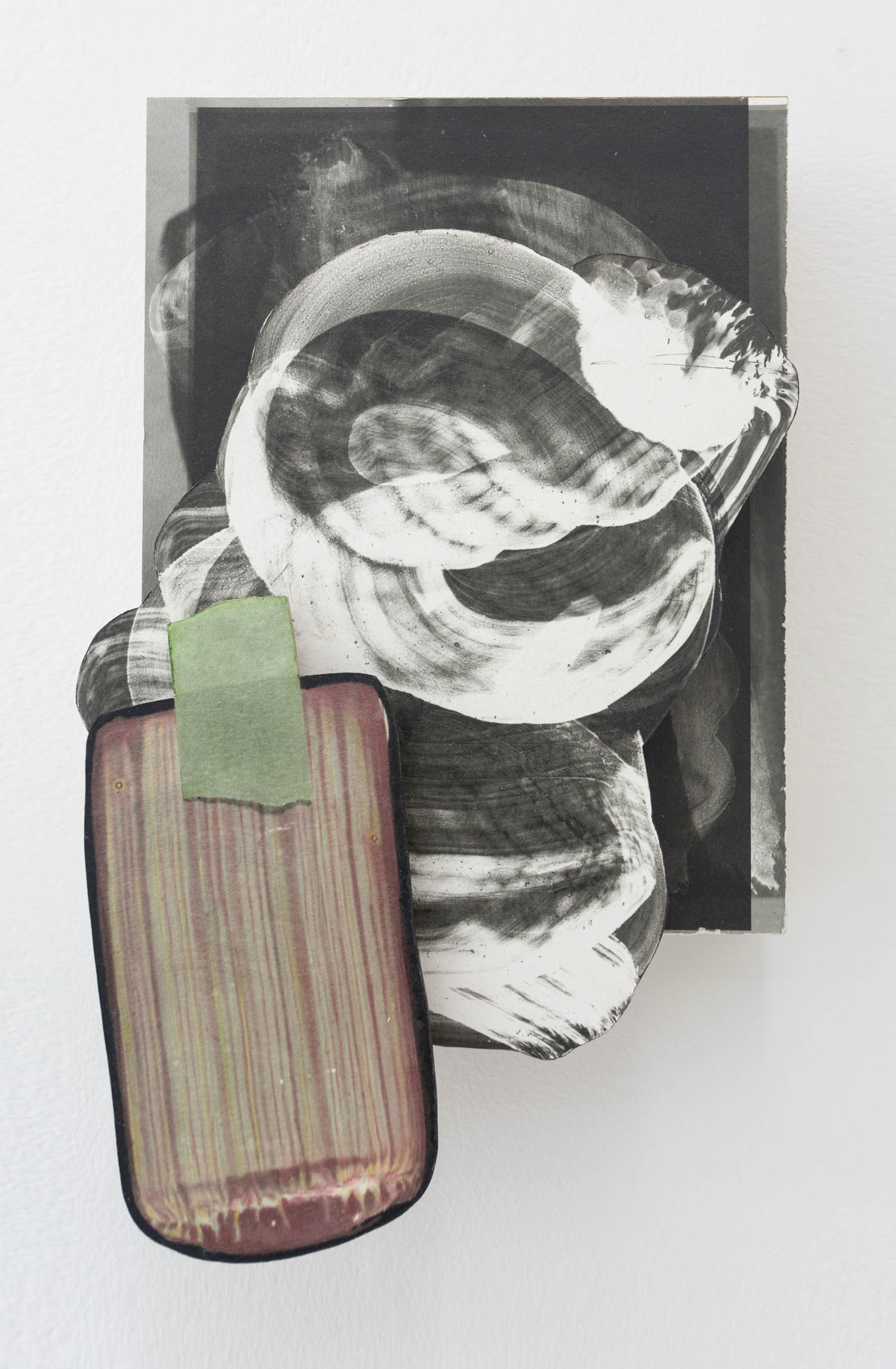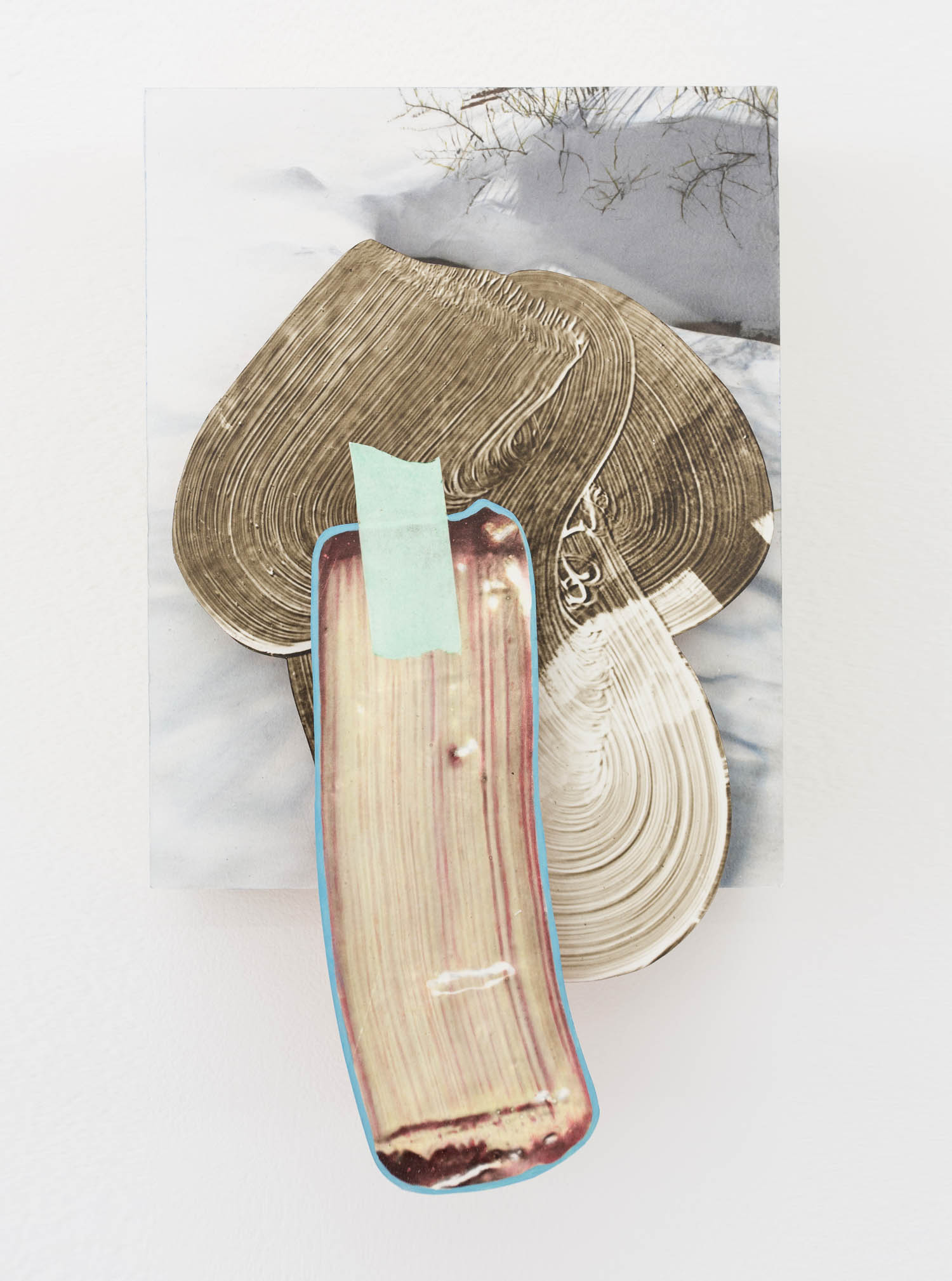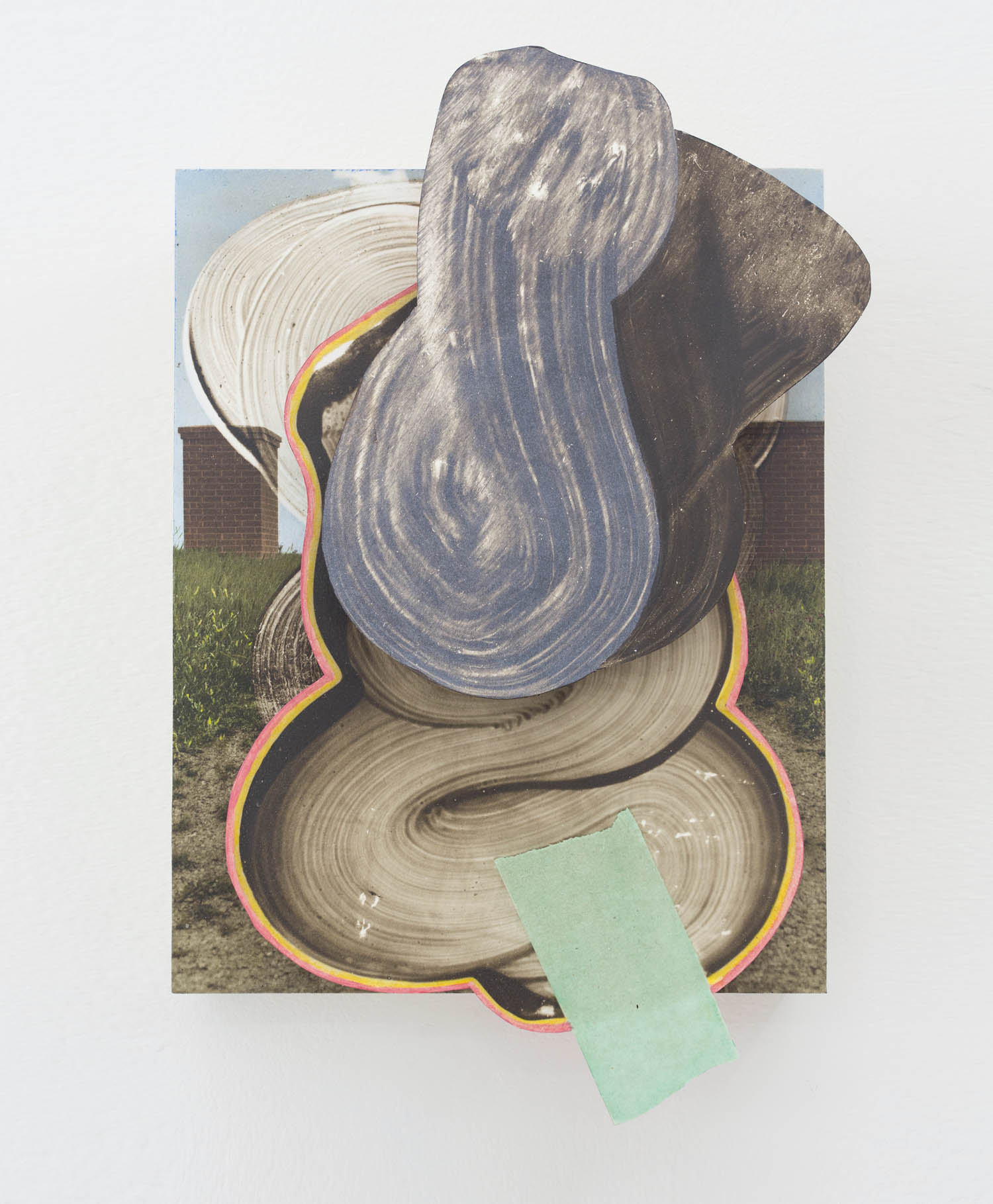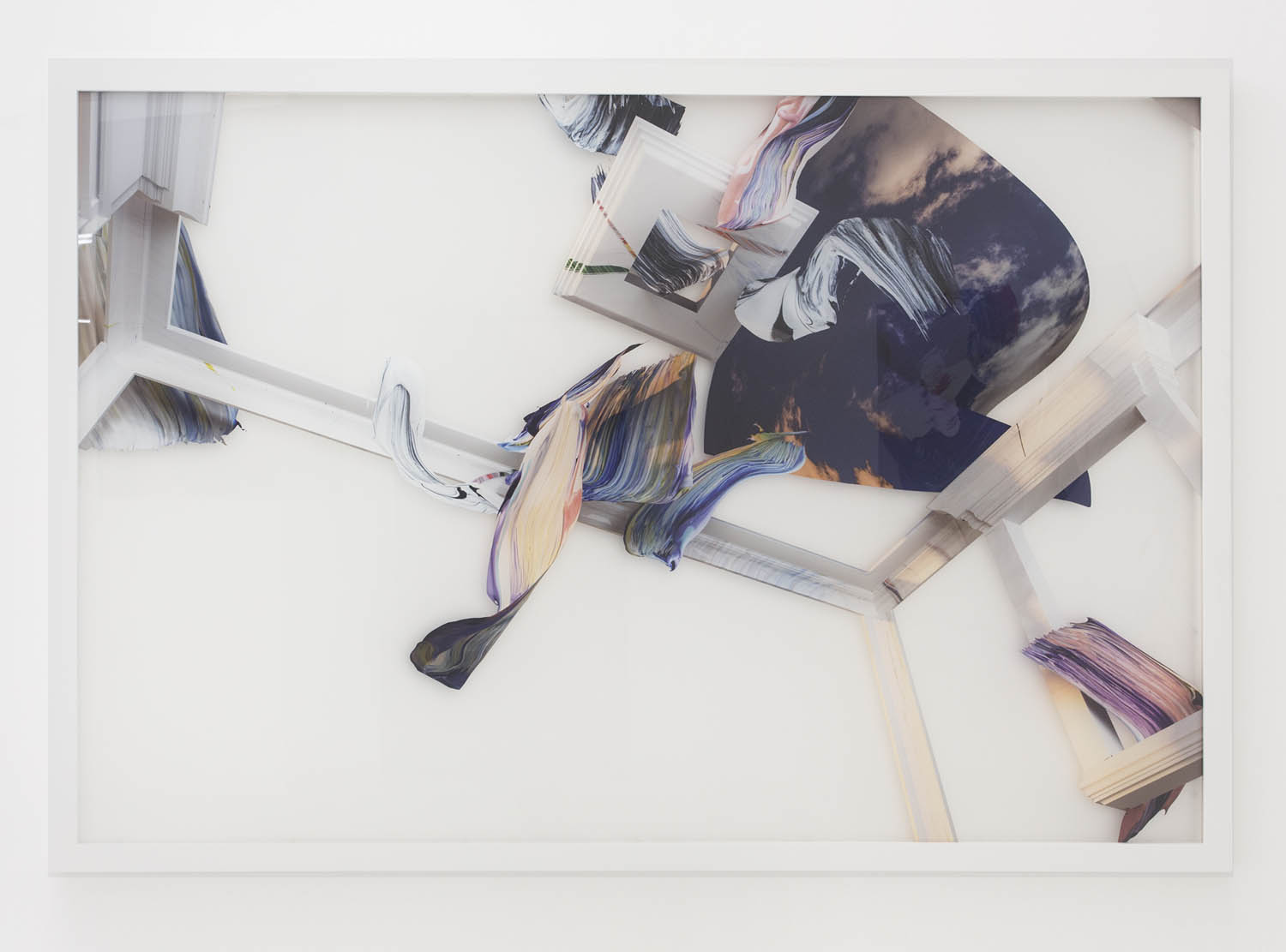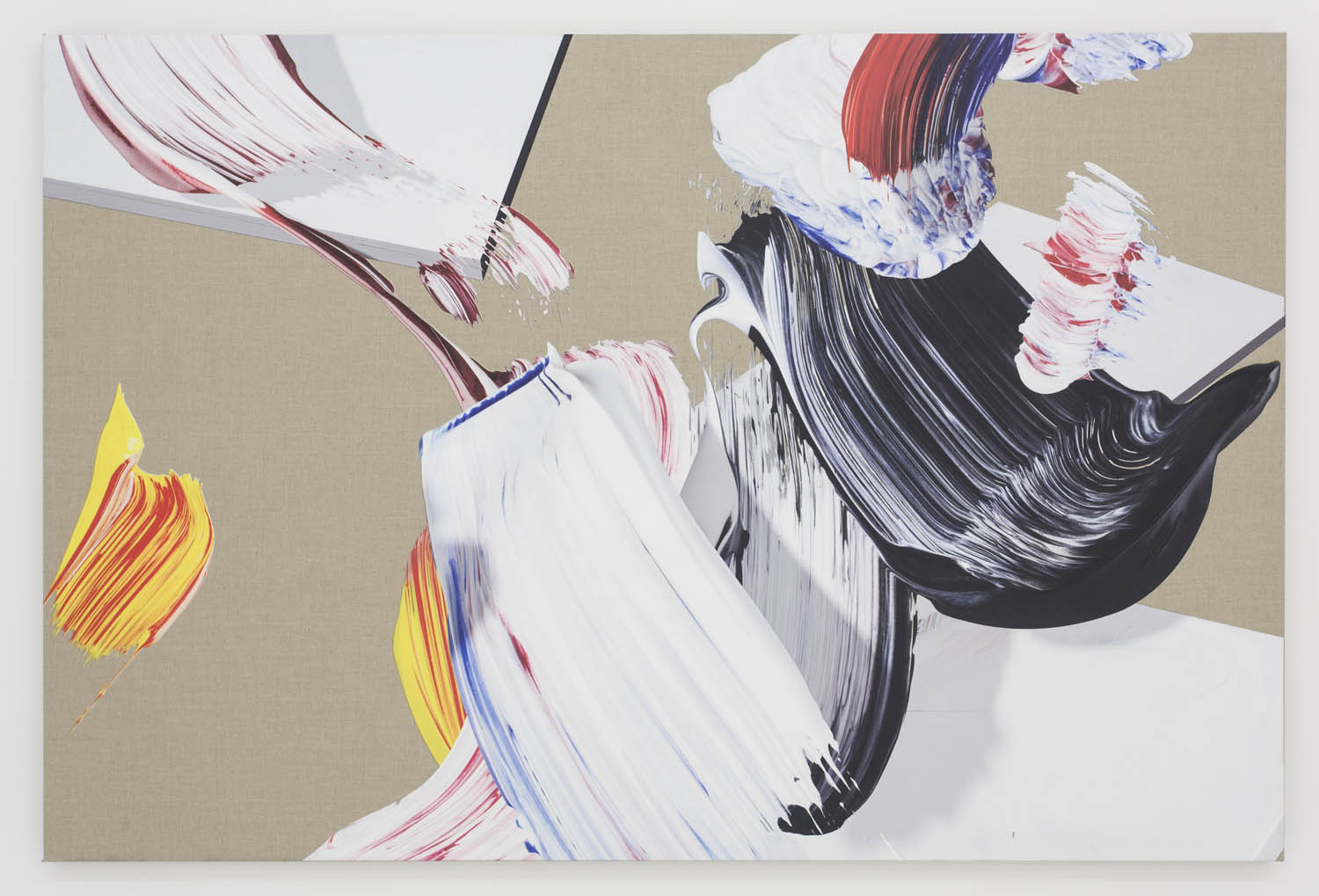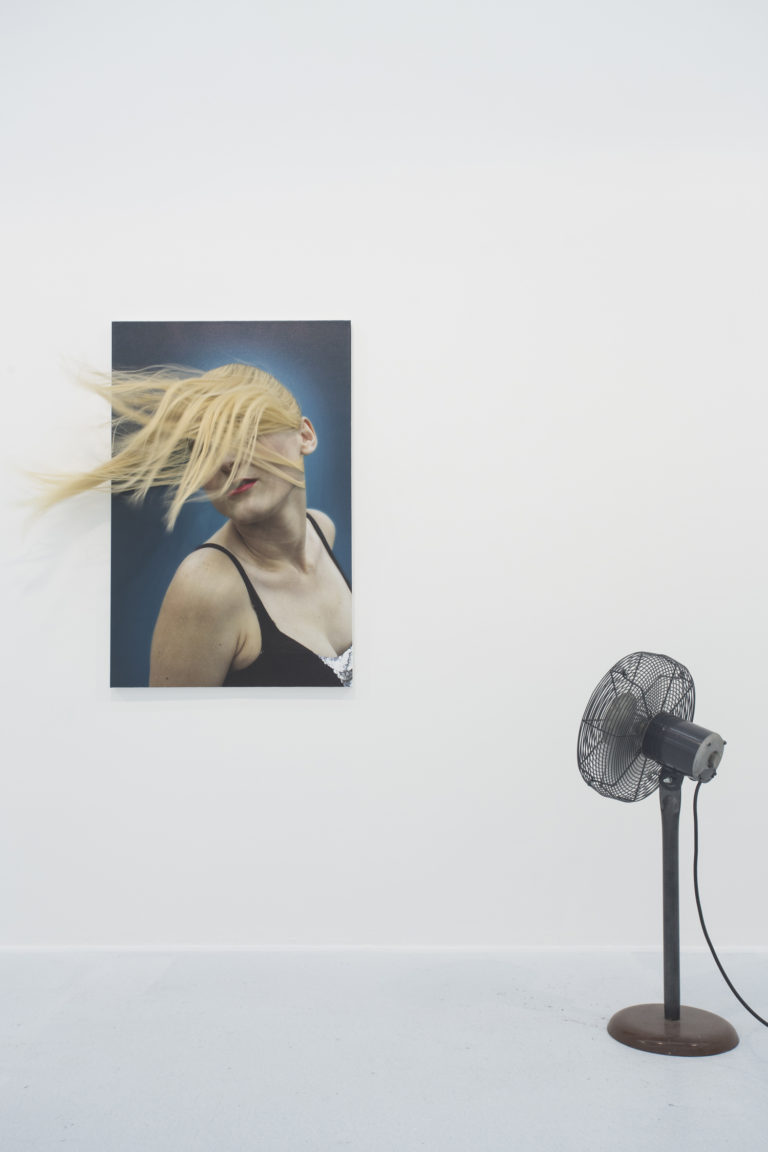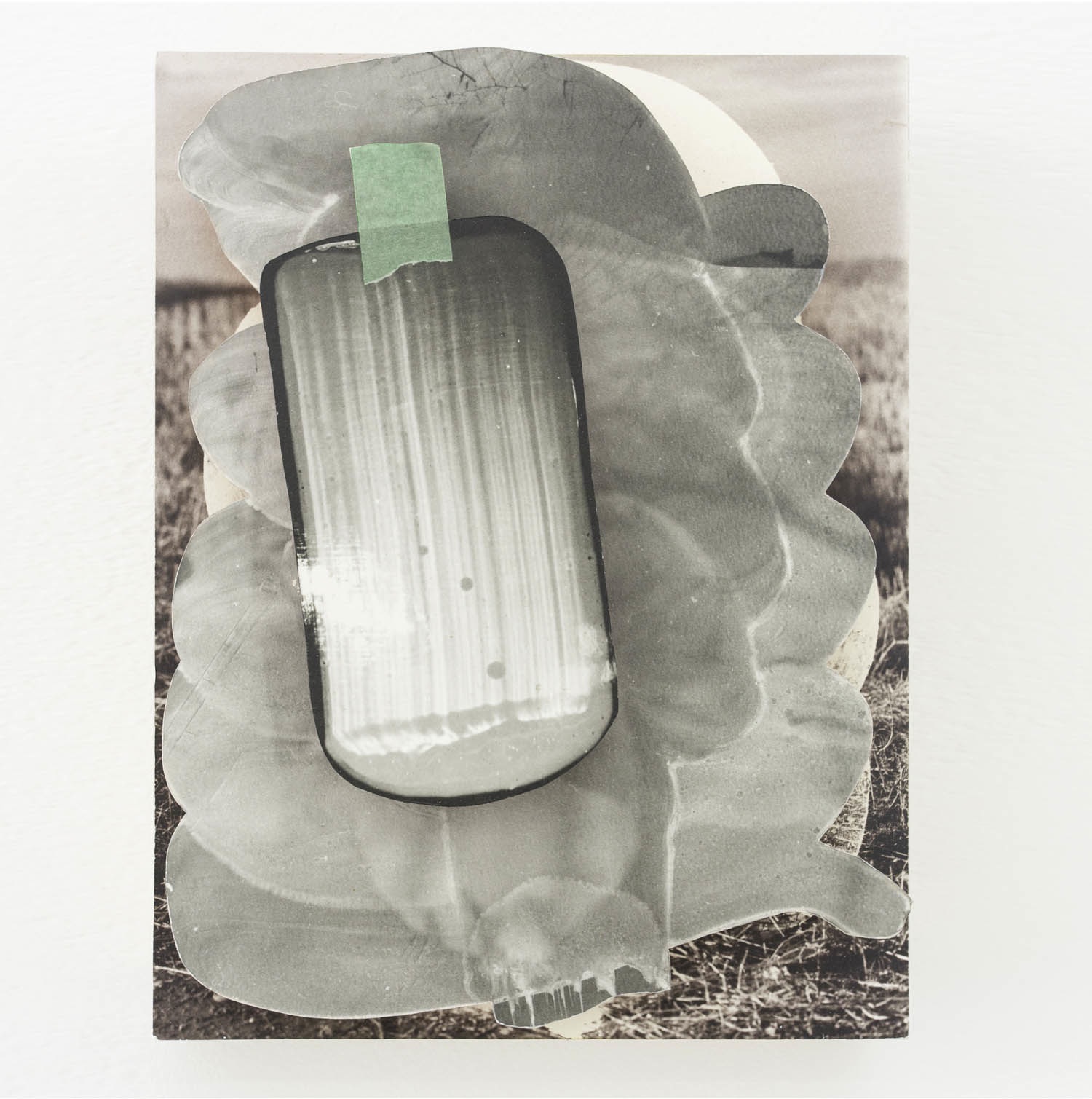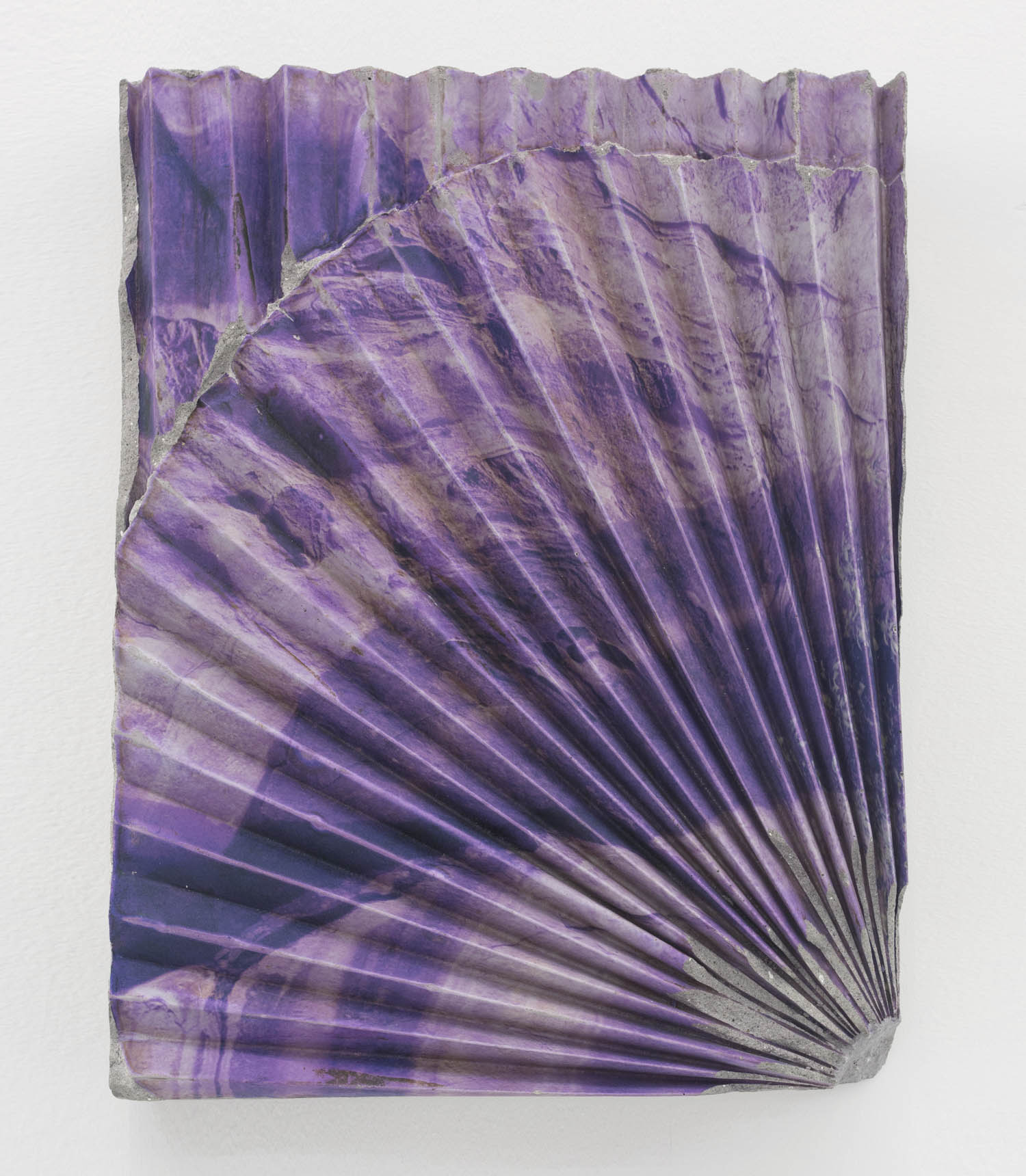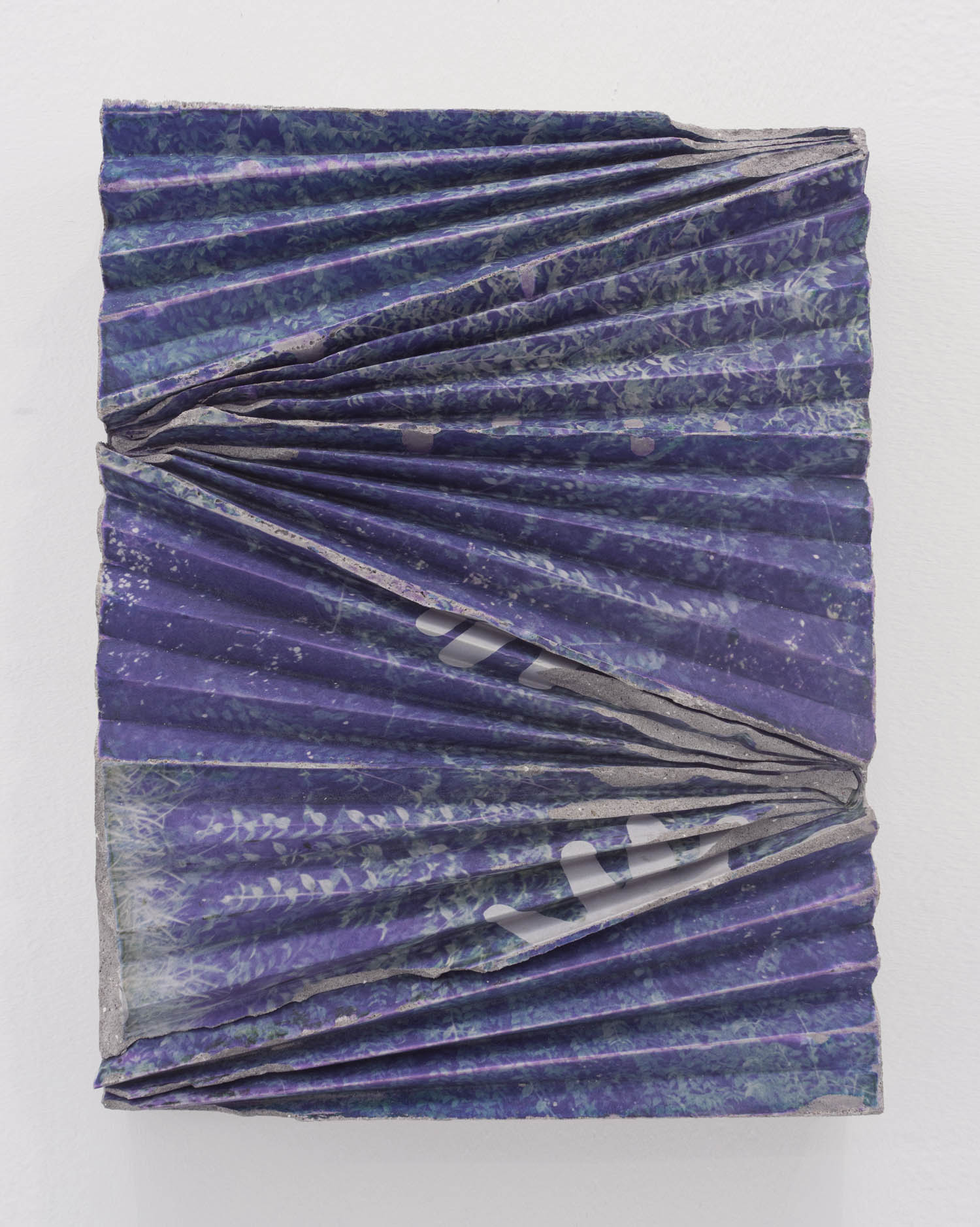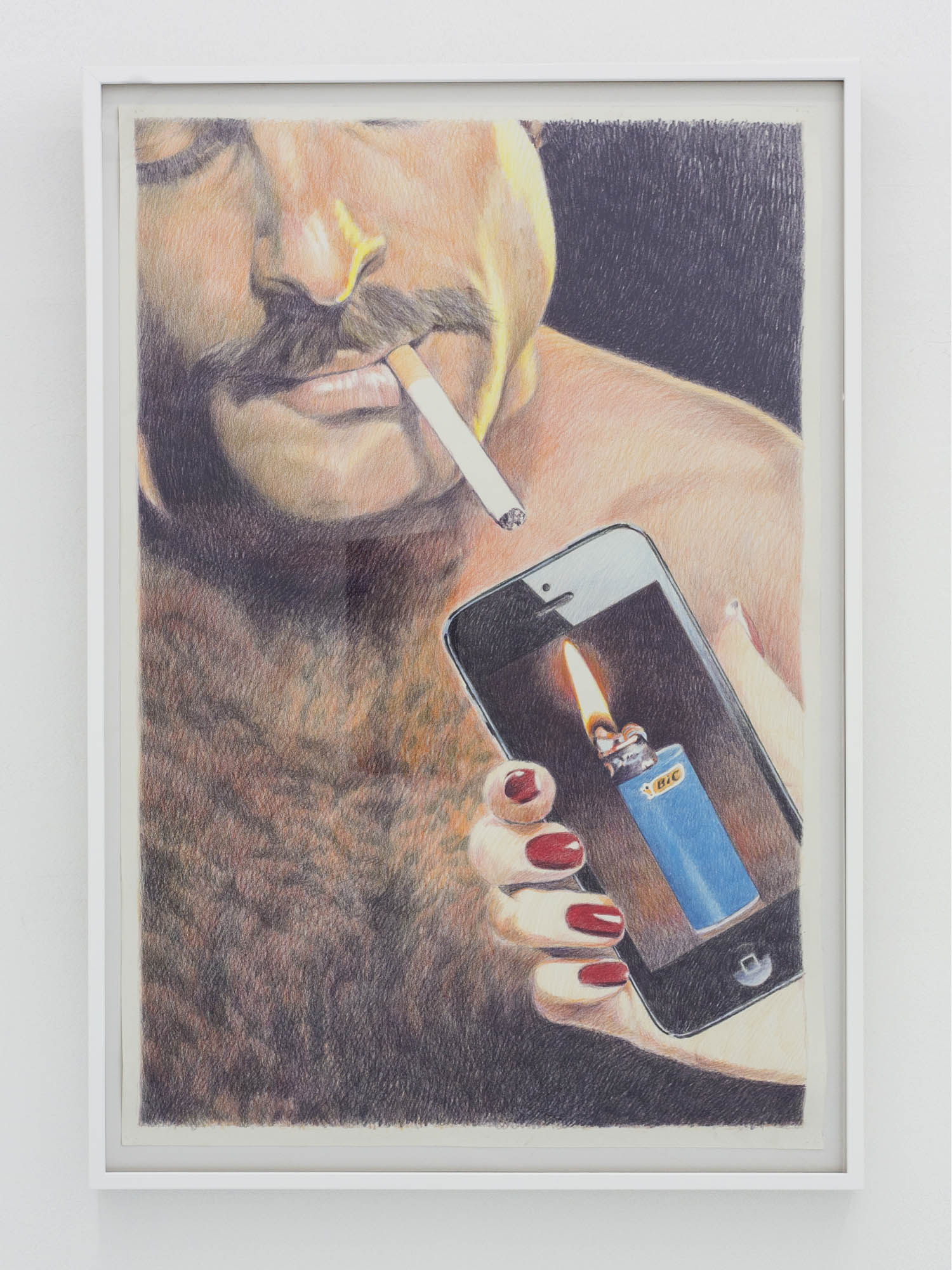NOT A PHOTO
Adam Parker Smith
Eric Yahnker
Jon DeCola
Kate Bonner
Letha Wilson
Kate Steciw
Mark Flood
Matthew Stone
Rachel de Joode
Ry David Bradley
Ryder Ripps
Susy Oliveira
Wil Murray
The Hole is proud to announce a group show of photography in the expanded realm; a group photo show where no photos will be exhibited!
“Not a Photo” looks at the way artists are using photography today, not as a final product but rather as a tool or step in a multi-media process. As photography has moved away from it’s original scope of documentation, verisimilitude or just communicating a moment in life after the fact, it has now taken on many new roles. Everyone is now an amateur photographer wielding iPhones that take pretty excellent photographs qua photographs, so to reflect on life today an artist might need to go past this easy documentary use. The ubiquity and comprehensiveness of digital imaging makes it hard to exhibit a digital image that interests; perhaps impossible. But the functionality of a digital image opens up the field of art across media to a new range of opportunities and concerns.
Many artists in this show have a step in their process that includes photography, but they don’t stop there. Ry David Bradley composes digitally evocative images and prints them as dye transfer onto texturized synthetic suede. The “paintings” are then installed “screenicly”, on photographic equipment like ceiling mounts, tripods or flat-screen hardware, giving the works the drama of a photo shoot. Photos become objects: Letha Wilson transfers emulsion photography onto concrete, Kate Bonner on shaped panel, Rachel de Joode onto PVC in anthropomorphic postures evocative of a disfigured Bacon perched on a stool; Kate Steciw punks up photography with hanging sculpture in dibond, plexi and hardware, while Adam Parker Smith prints a woman’s photo onto canvas and gives her a long blond human hair blowing in an electric fan breeze. The photograph is not a window into anything, not a record of anything, not the point; as in Eric Yahnker’s work pictured above, the photo is absurdly no longer tied to the thing itself, a digital image of a lighter produces no heat.
Other works in the show are about digital photography as a genre and what people like to use it for. In Mark Flood’s debased TOP KEK piece, revolting memes are collected and printed on canvas where the text has been changed to a series of equally disgusting instructions on how to be a successful artist. The way a photo is used in a meme as a suggestible blank is here corrupted to expose the corruption of today’s artistic careerism. Ryder Ripps exhibits a painting from a series of works about a particularly awful Instagram account of a self-help fitness model where he digitally manipulates her selfies and renders them in paint. These distortions evoke early experiments in warping emulsion photography from the 1930s, while being about the particularly contemporary kind of mise en abyme of getting lost in the horrors of Instagram, a hall of mirrors made of selfies.
Some artworks in the exhibition more literally blend photography and painting, as in the work of Wil Murray and Matthew Stone. Wil uses multiple darkroom tactics to bring emulsion photography into a sculptural form, sending paint marks on a long journey that ends as hand-colored fibre-based prints, acrylic paint, masonite and wood. Matthew Stone also uses photographic processes to look at painting as a genre: Matthew paints on glass, 3D scans the topography of the stroke, 3D composes the painting in digital space like a sculptor, and outputs the work onto plexi and linen.
These shifts in what a photo can be about doesn’t mean they are now self-reflexively about photography; Susy Oliveira contributes a photographic sculpture where photos of all sides of a volume are collaged perfectly onto a foam core volume in three dimensions, a sort of handmade digital scanning perhaps reminiscent of early video game rendering, but here made poignant and evocative in the form of a discarded bouquet. The handmade “3D printing”, like Yahnker’s iPhone intervention above, calls to mind the feeling we have whenever we encounter something we hoped was real, but in the end was only an image of reality.
Email raymond@theholenyc.com for more information.
